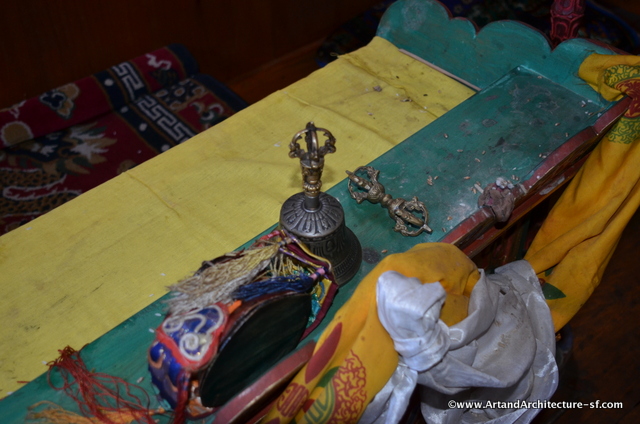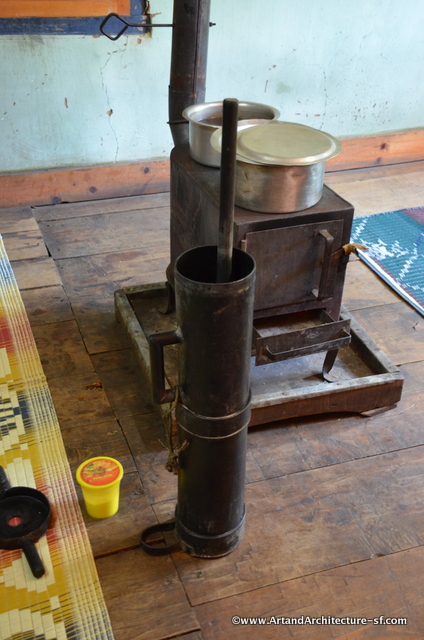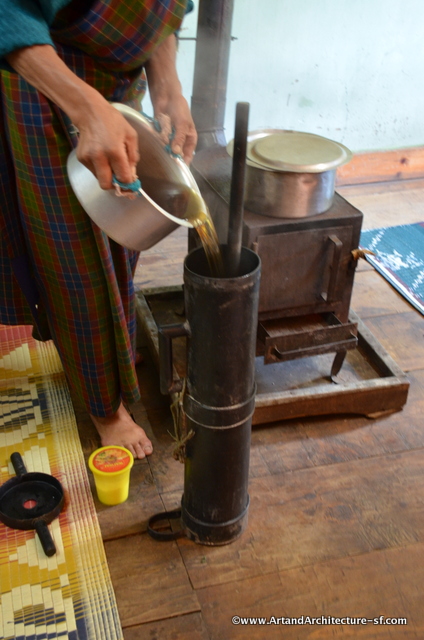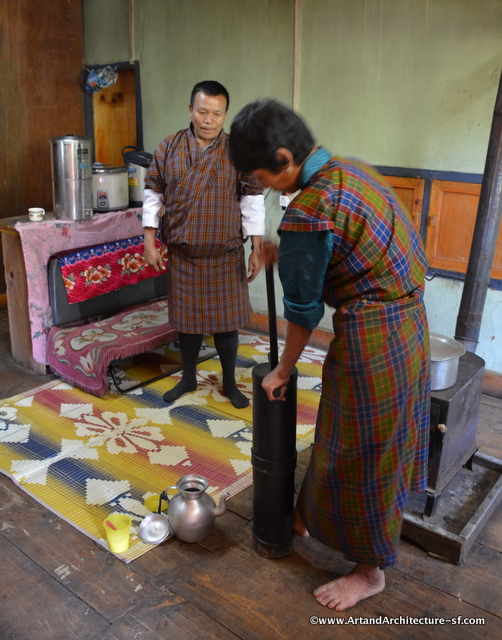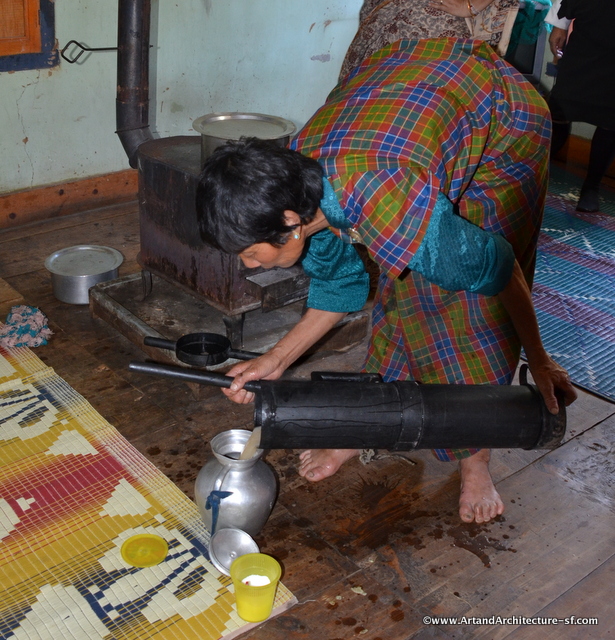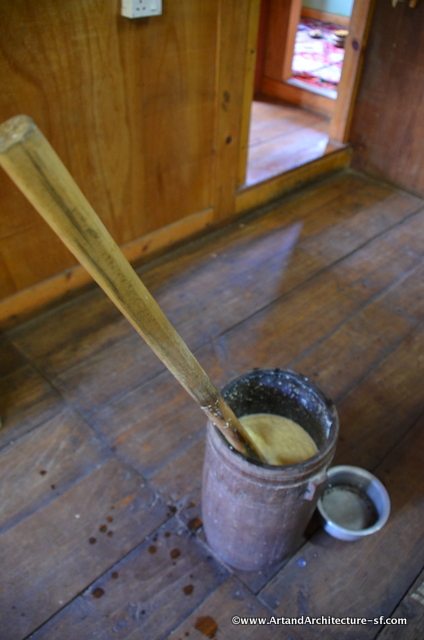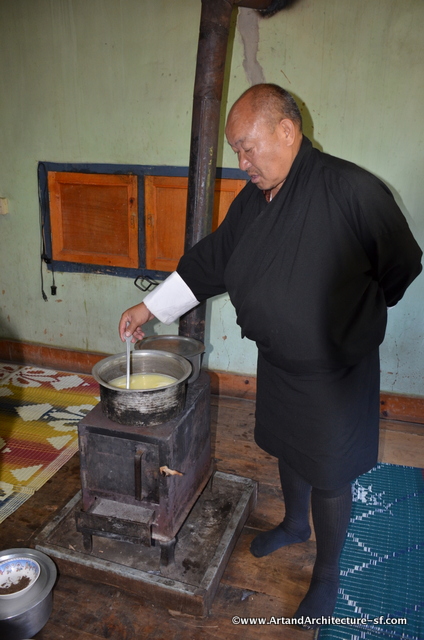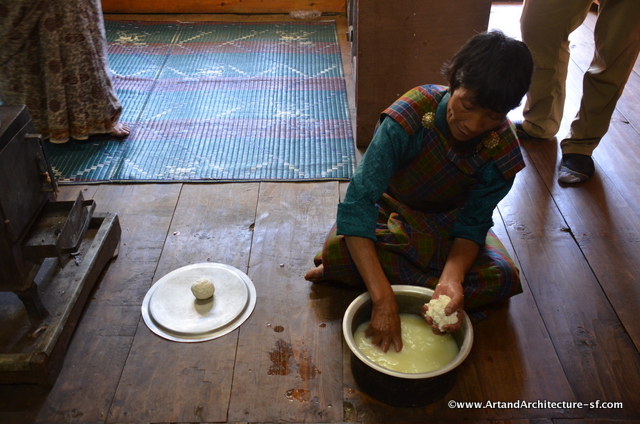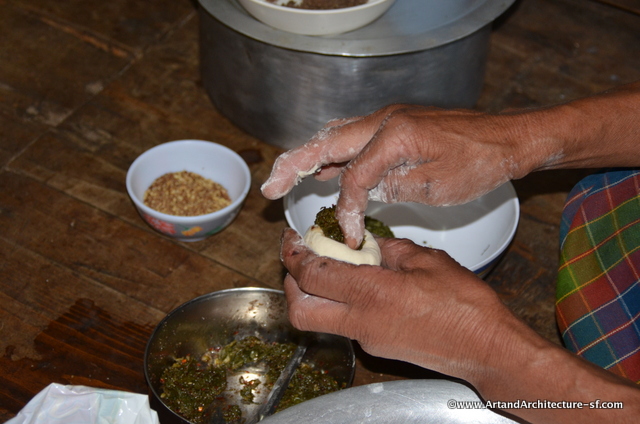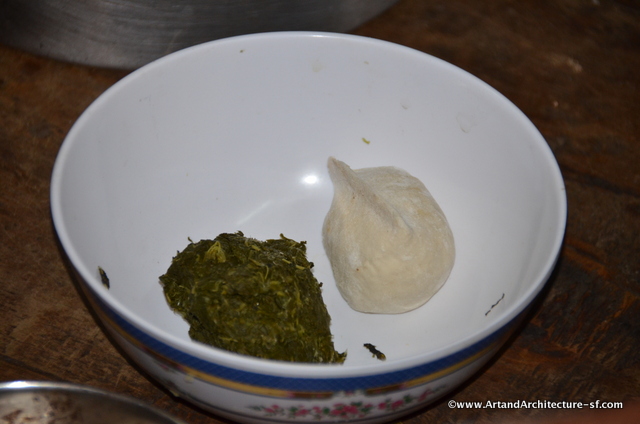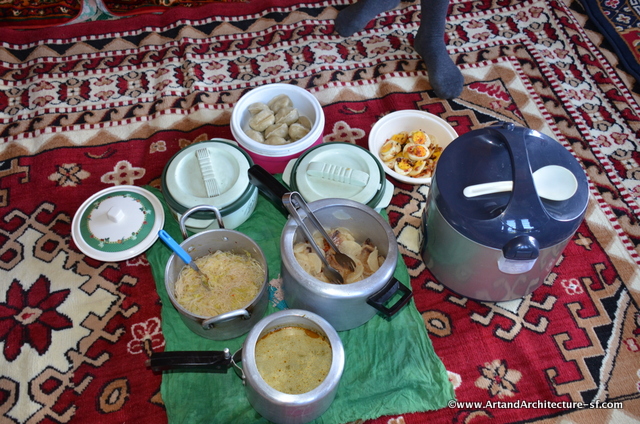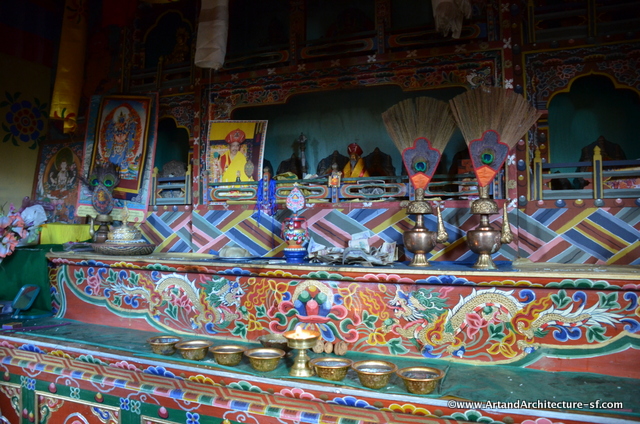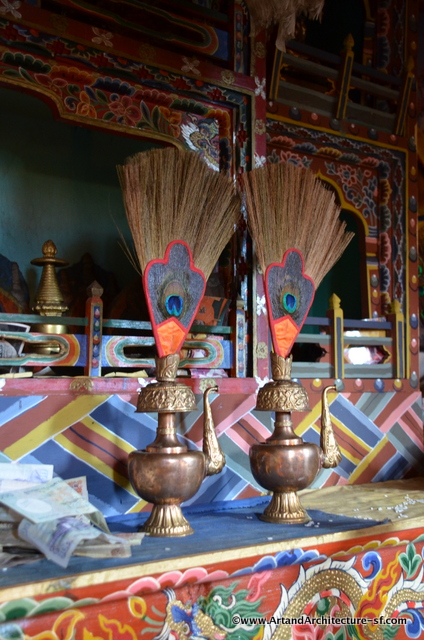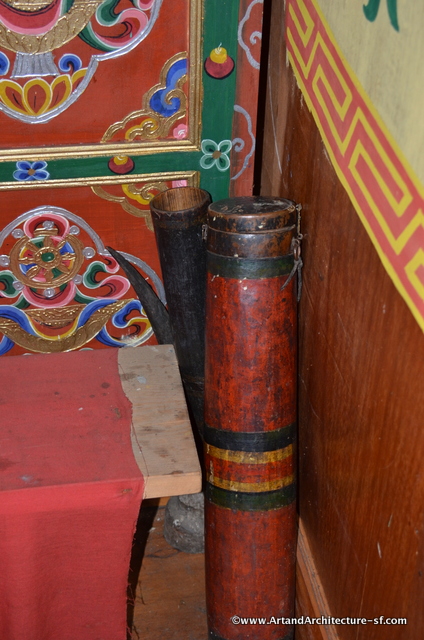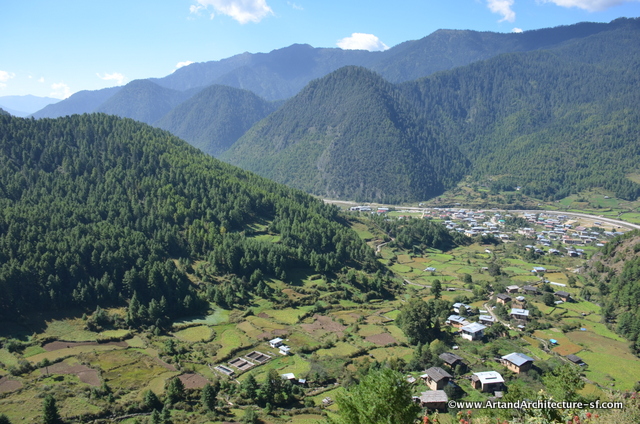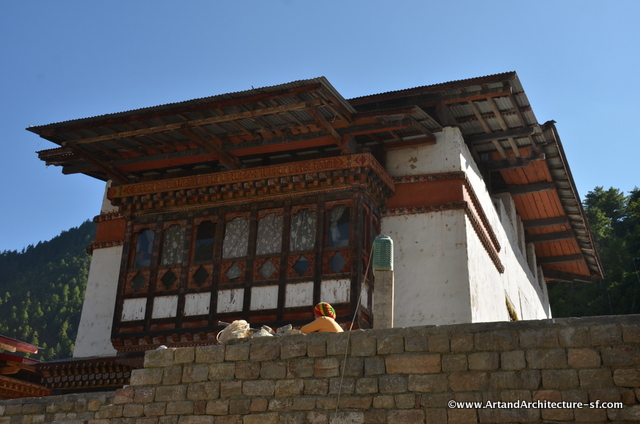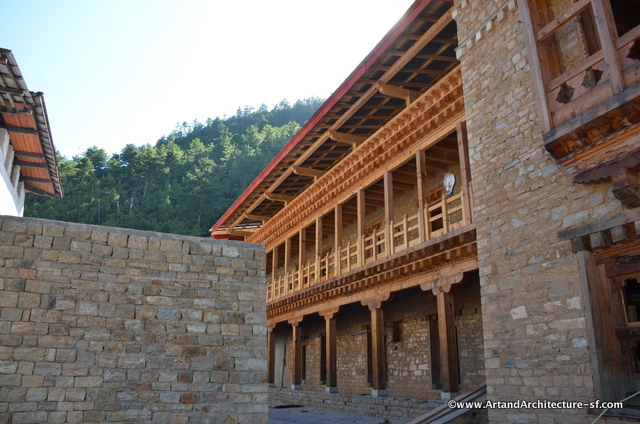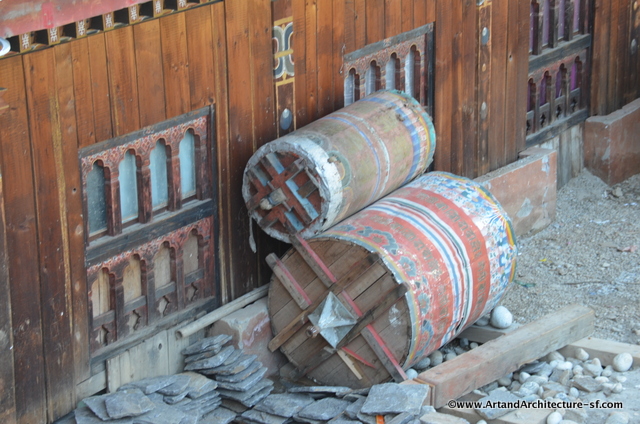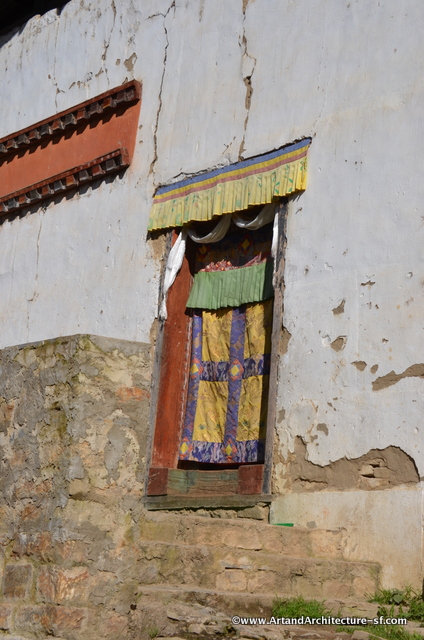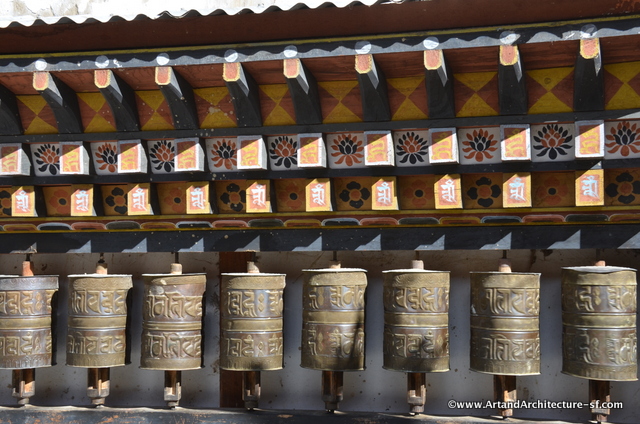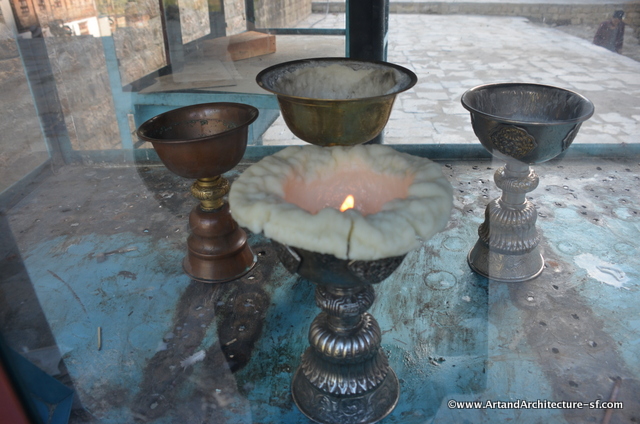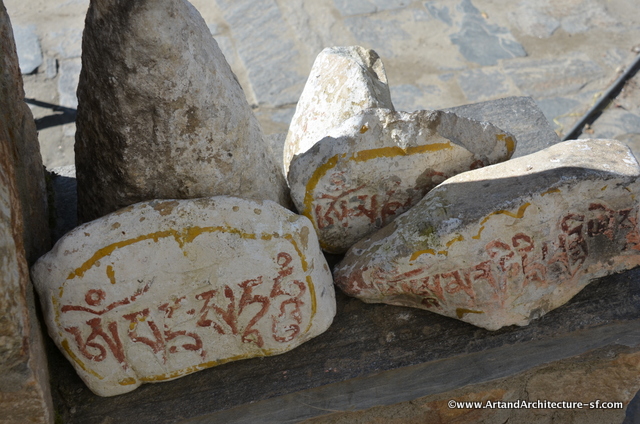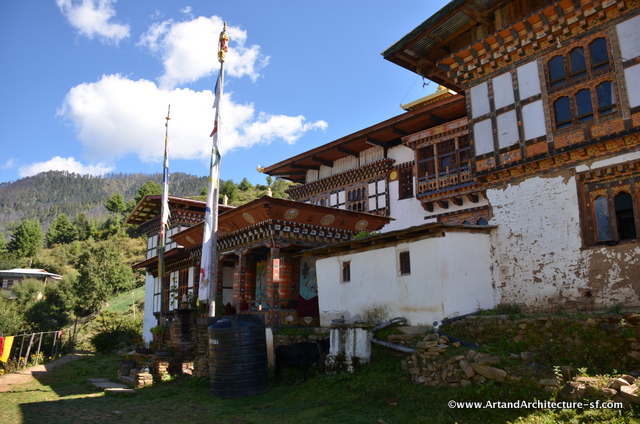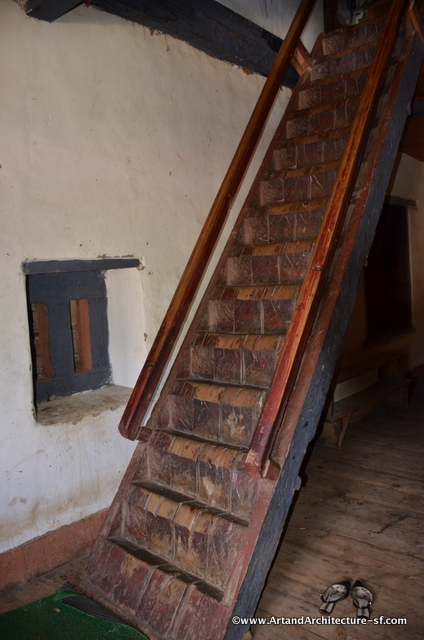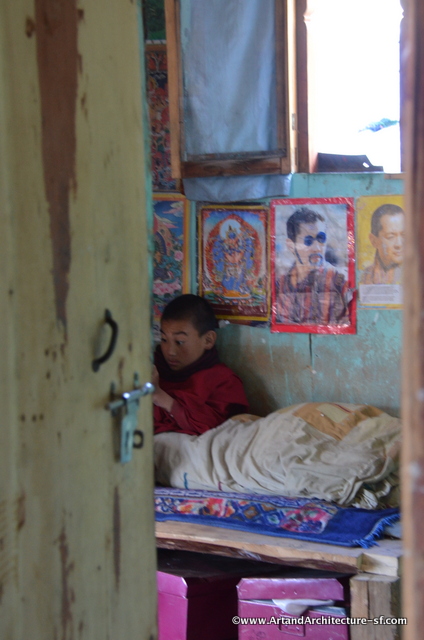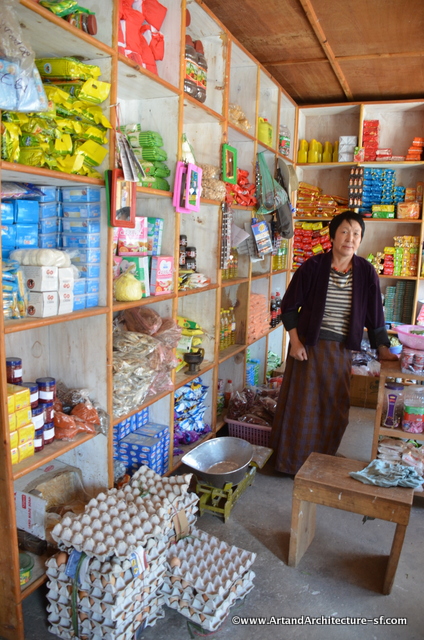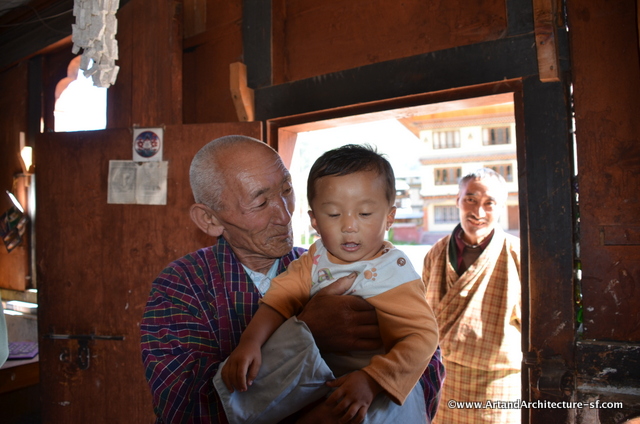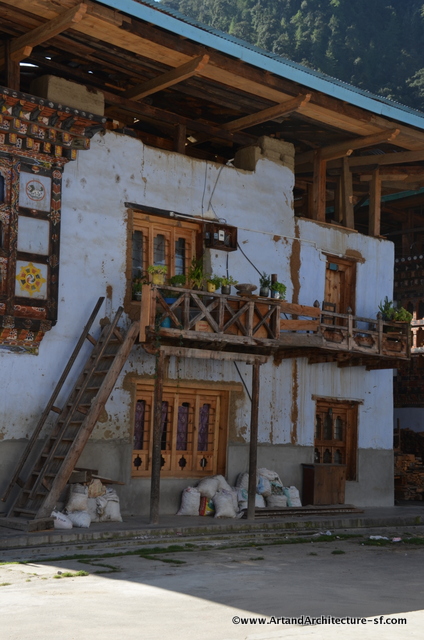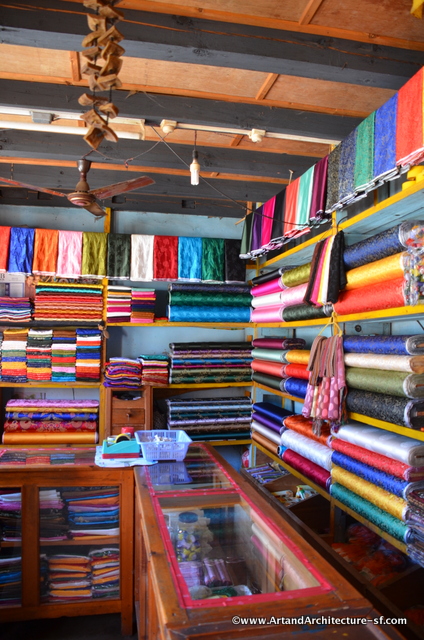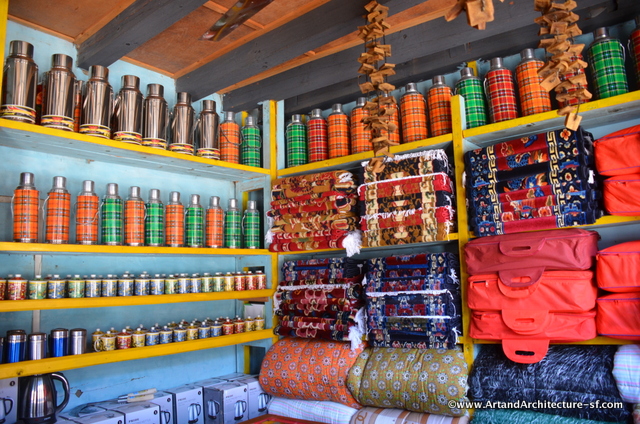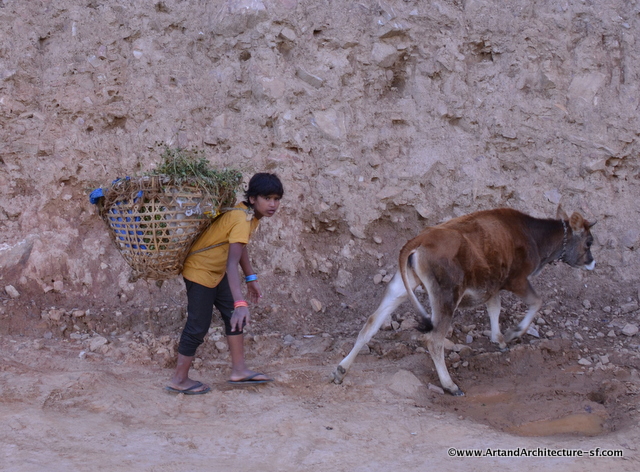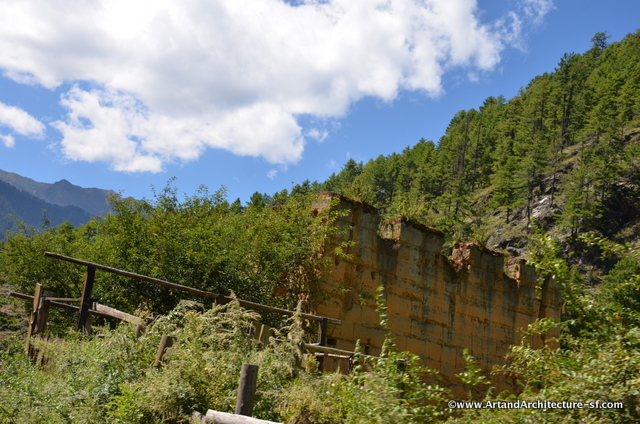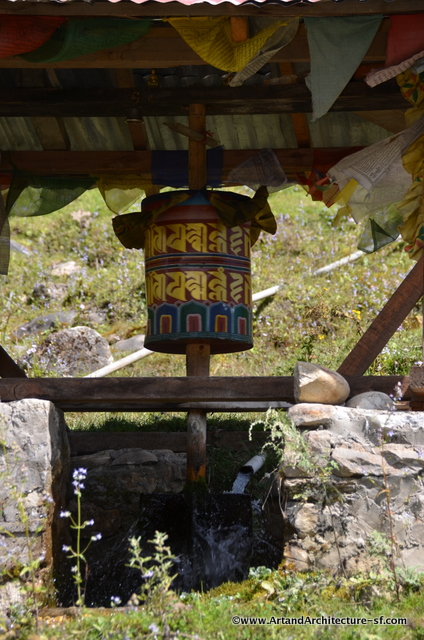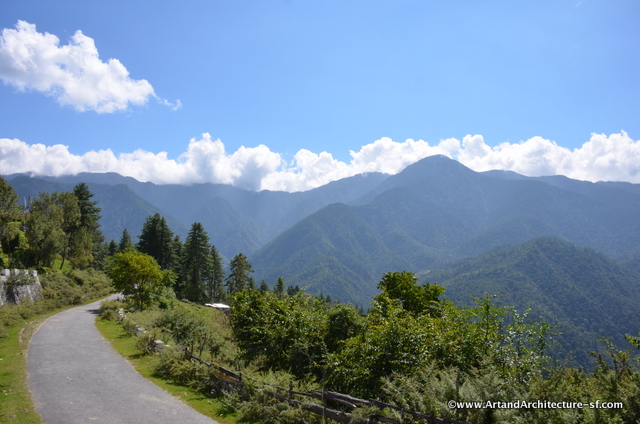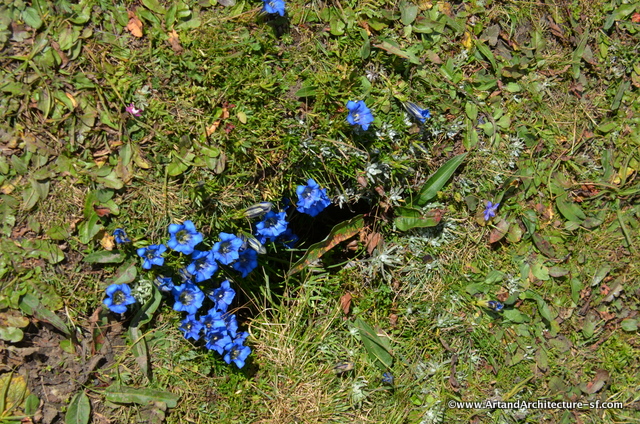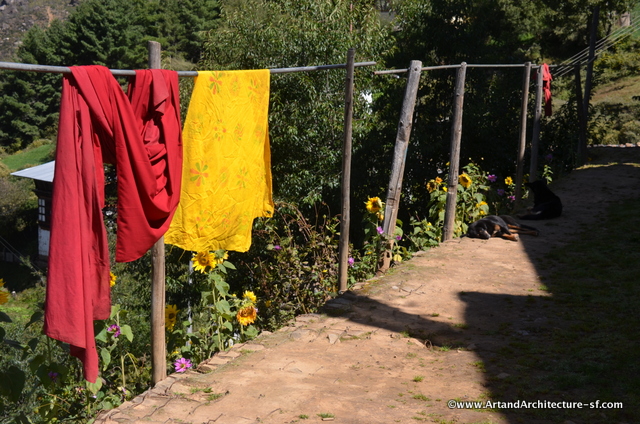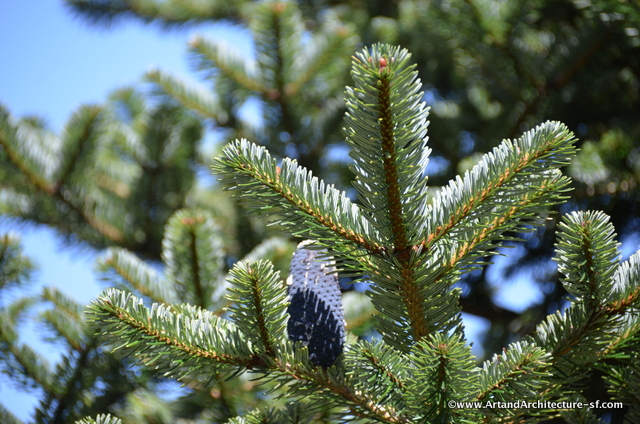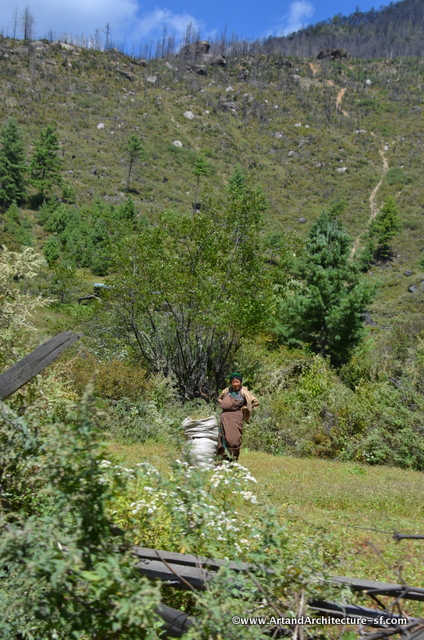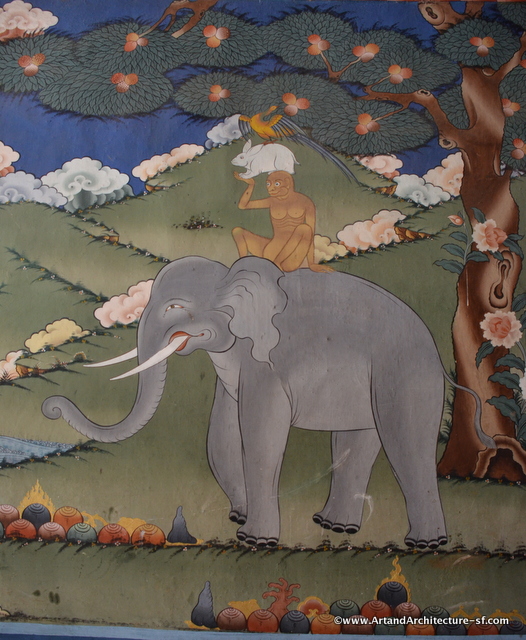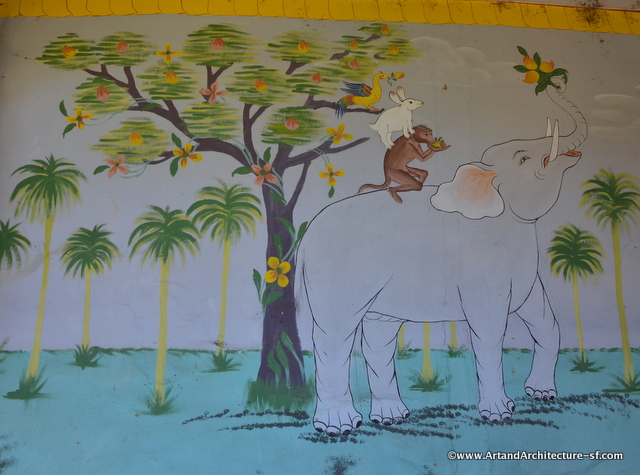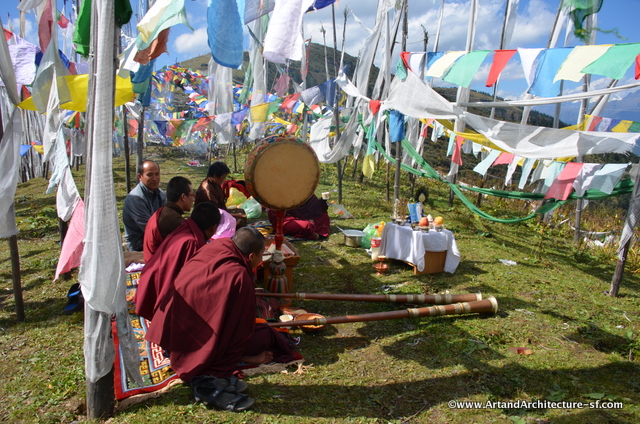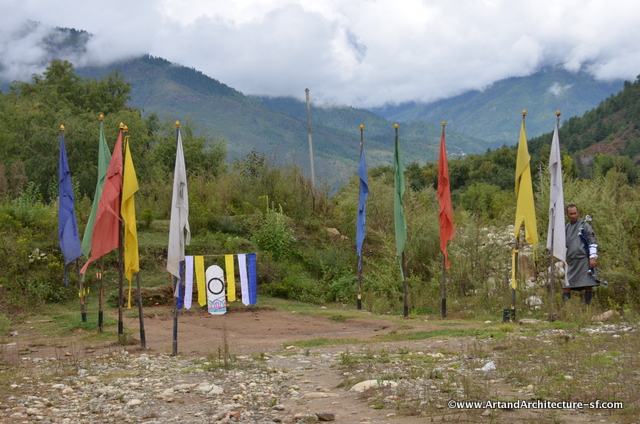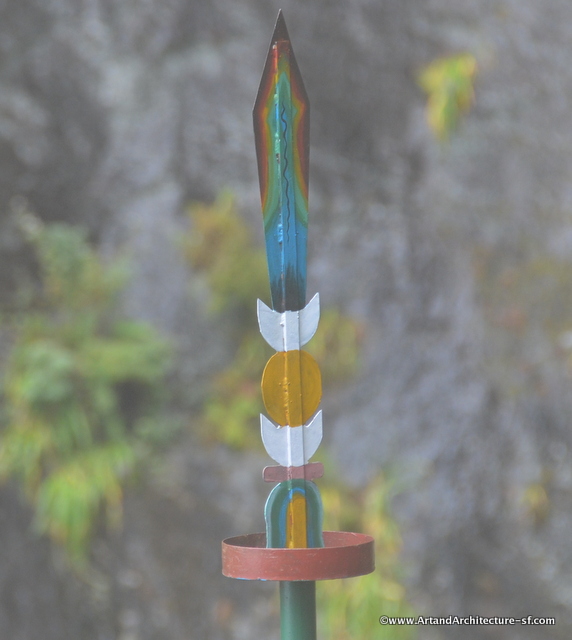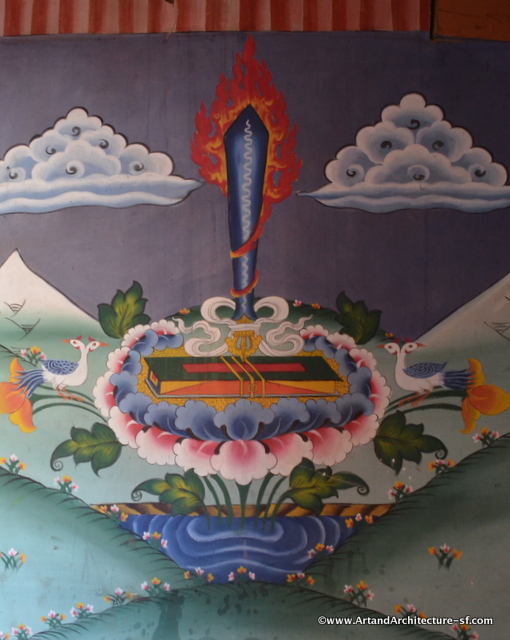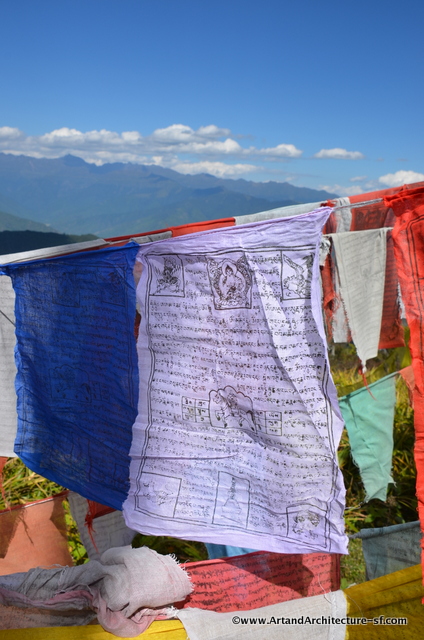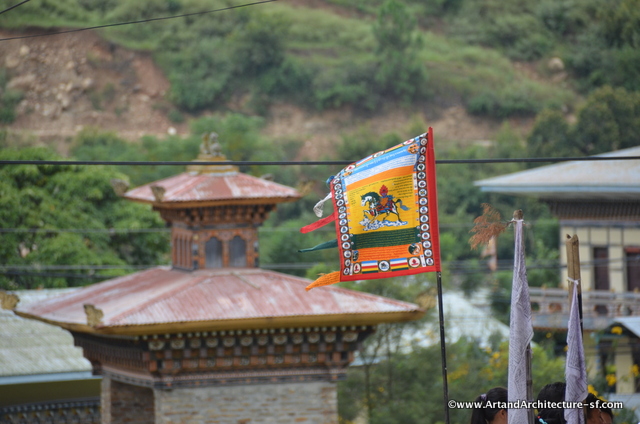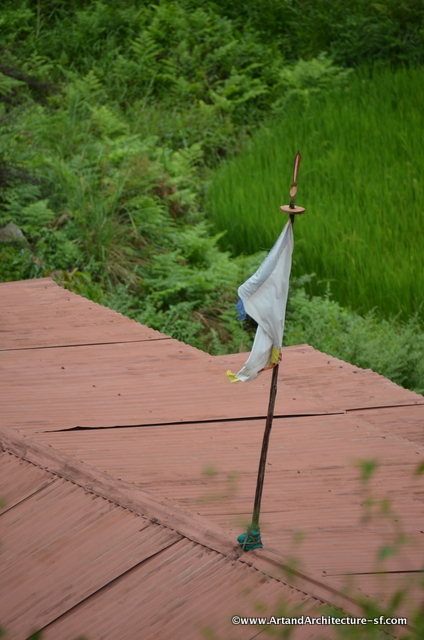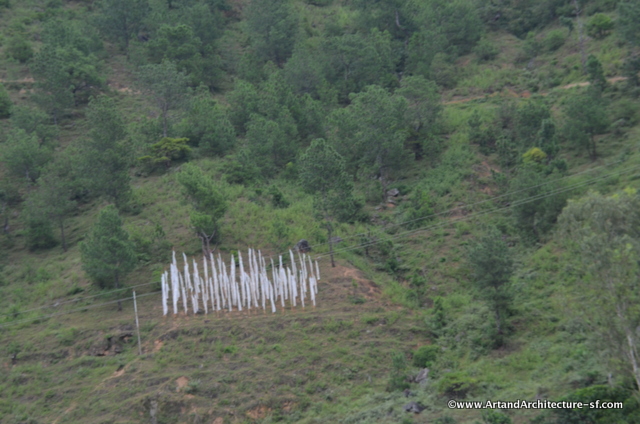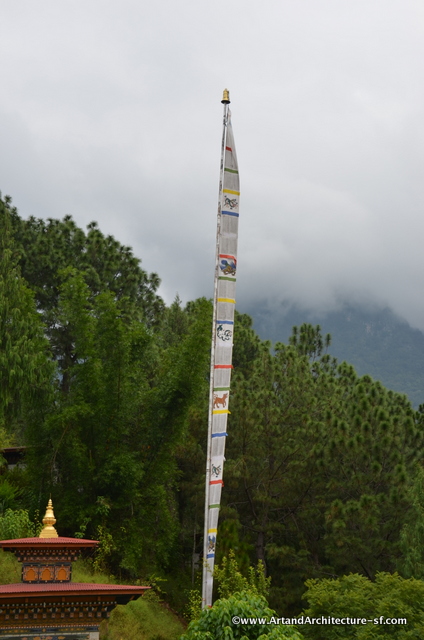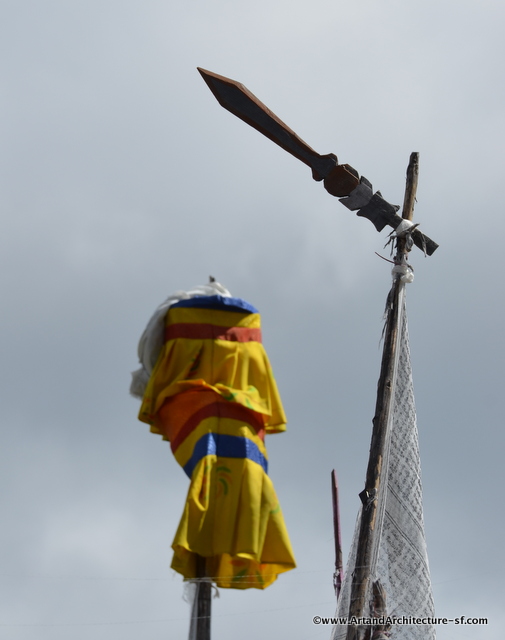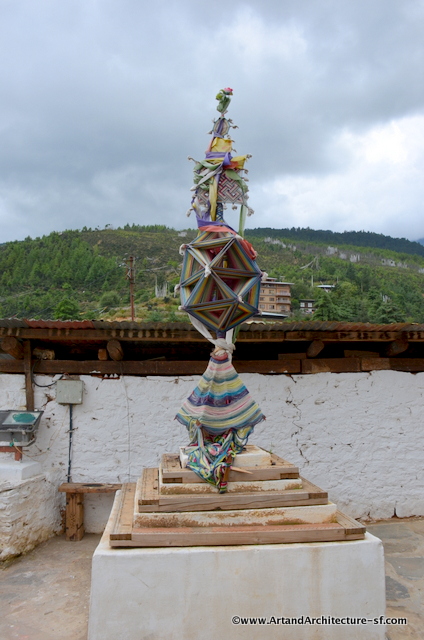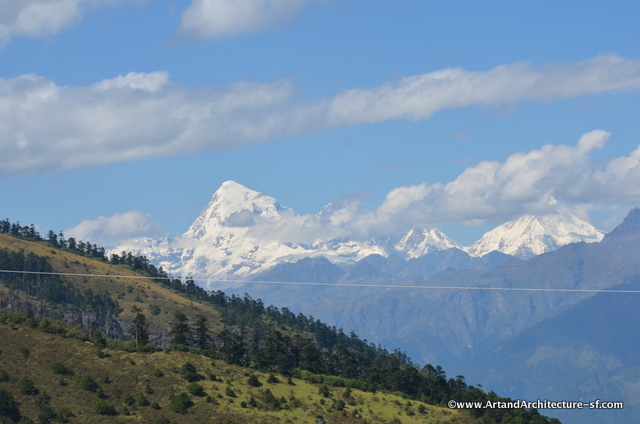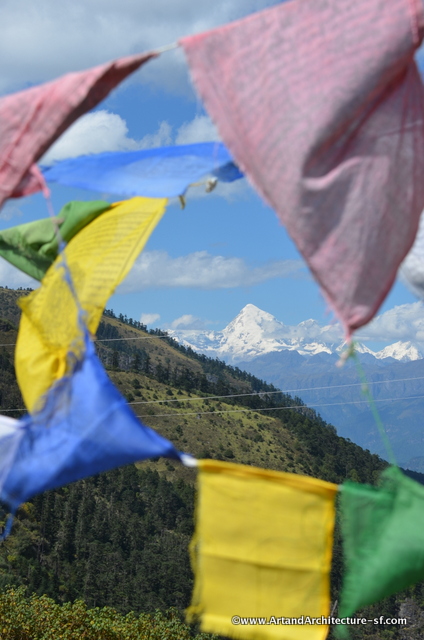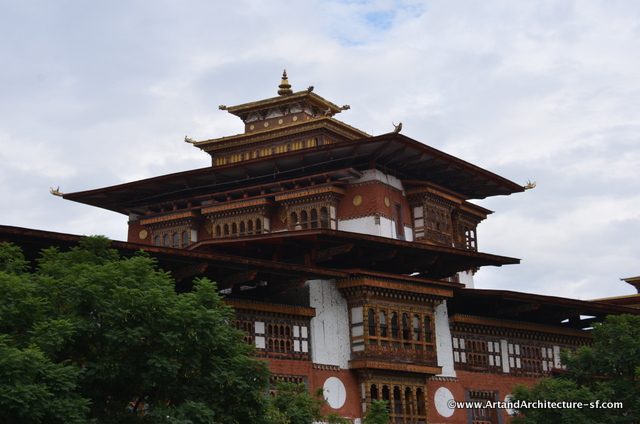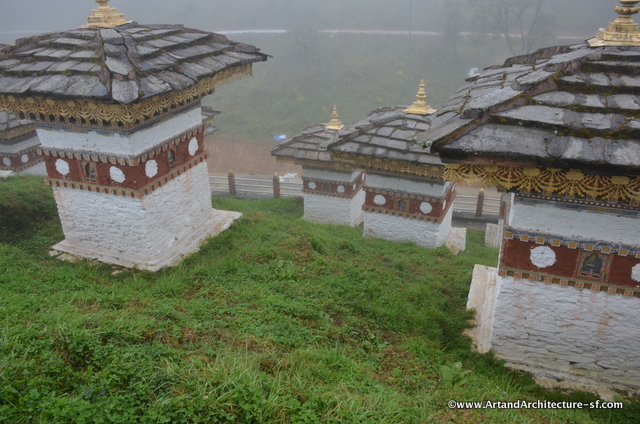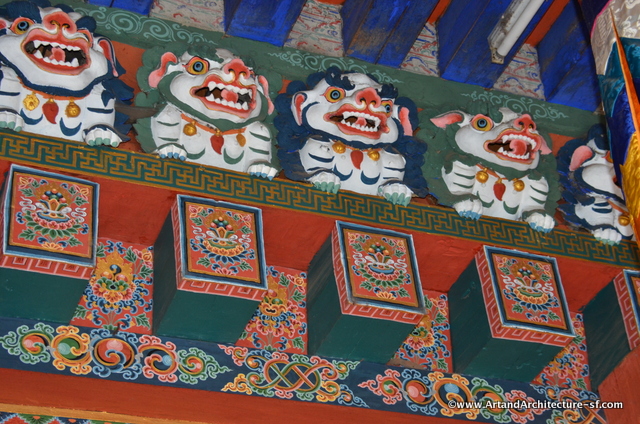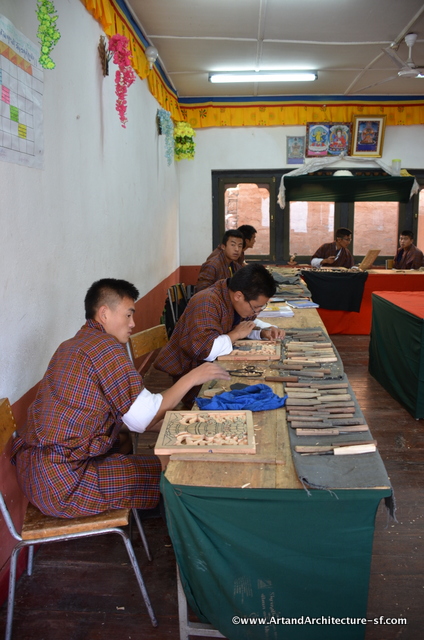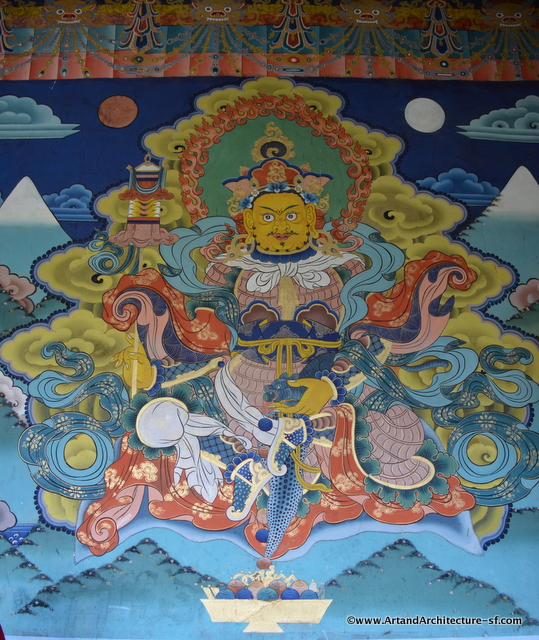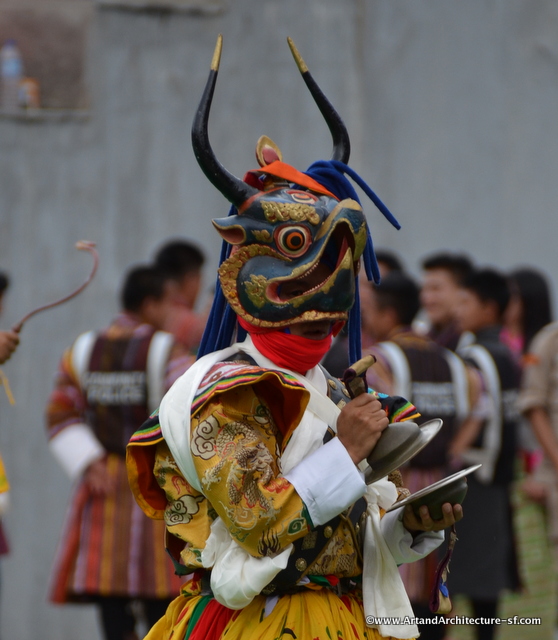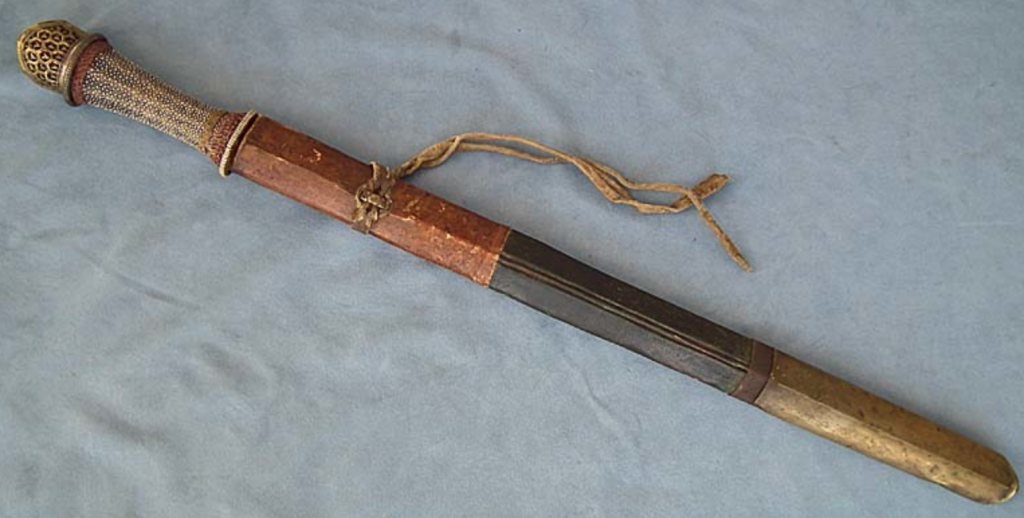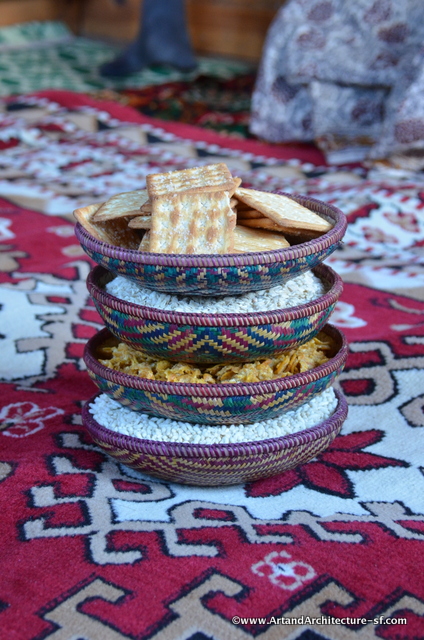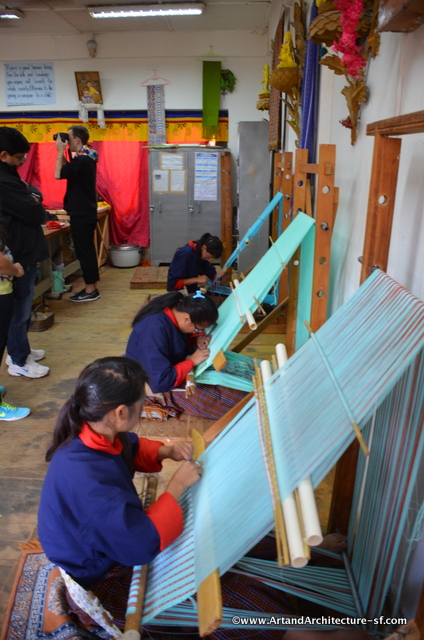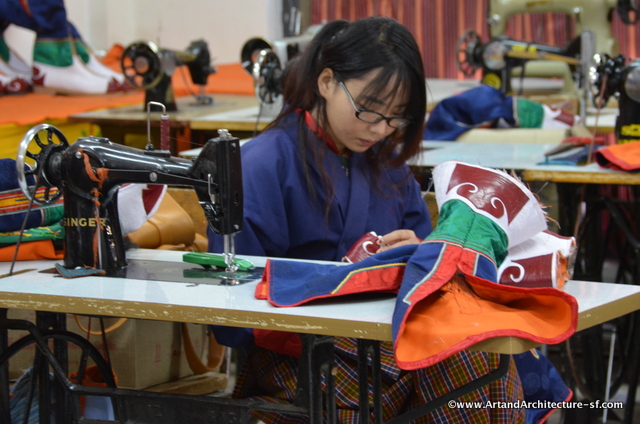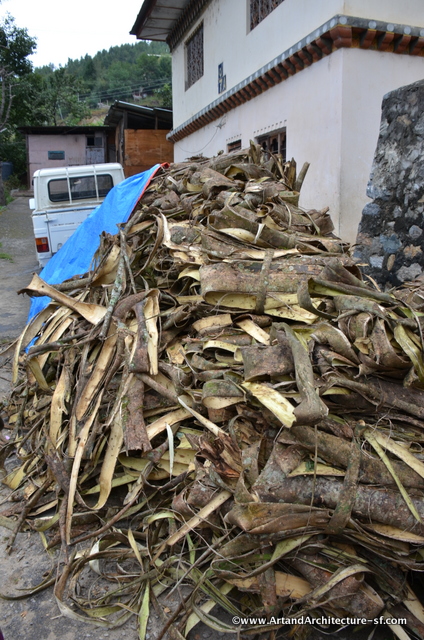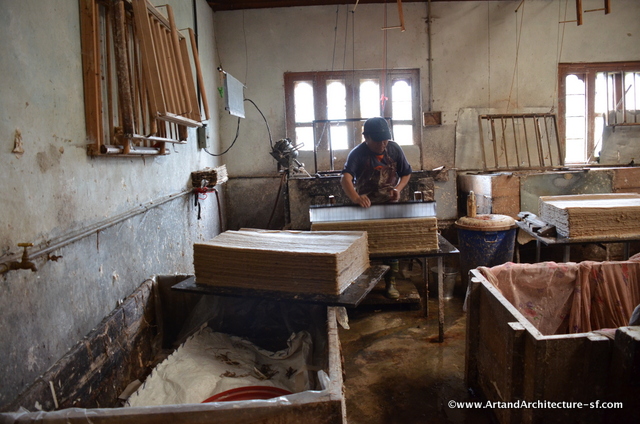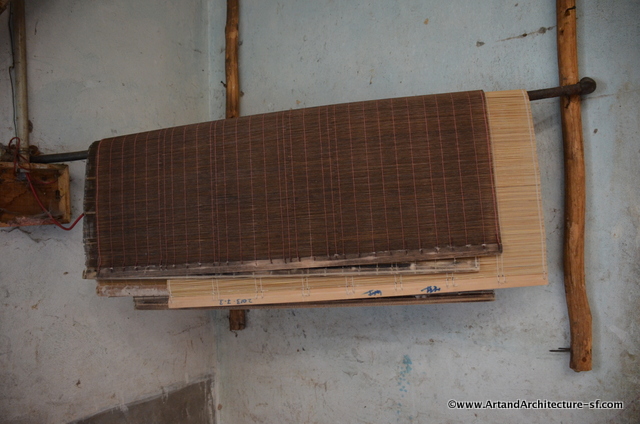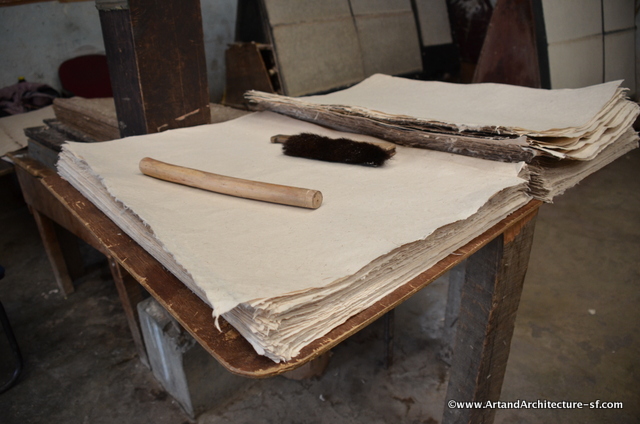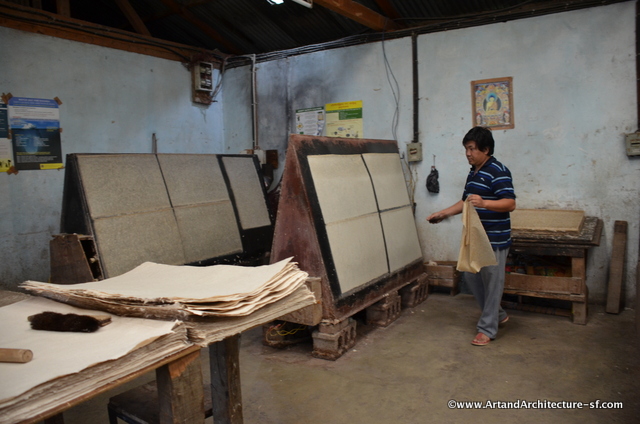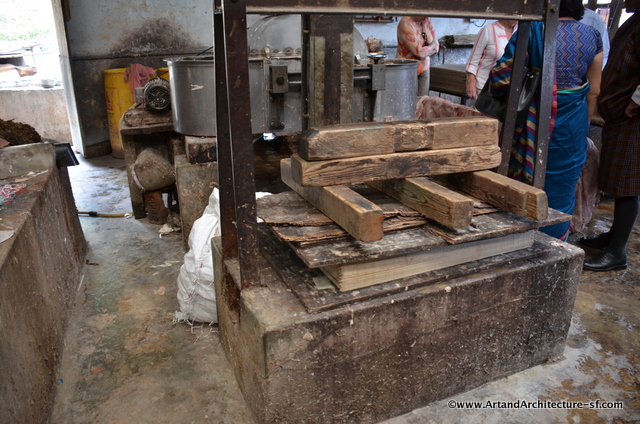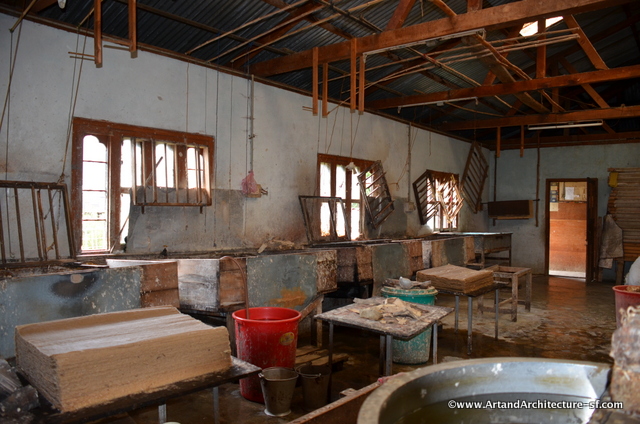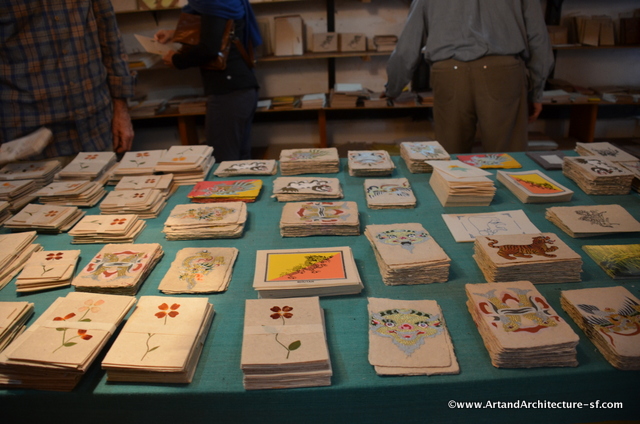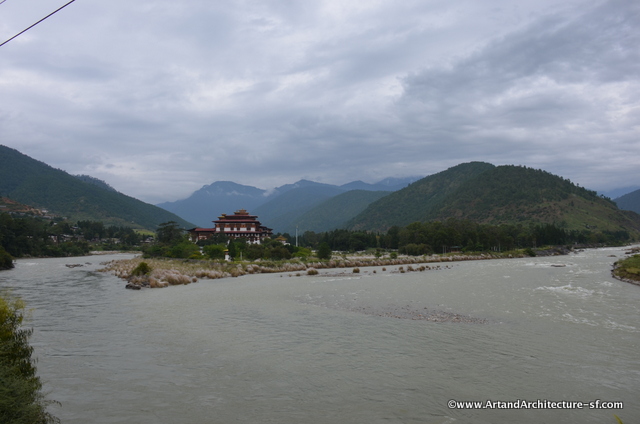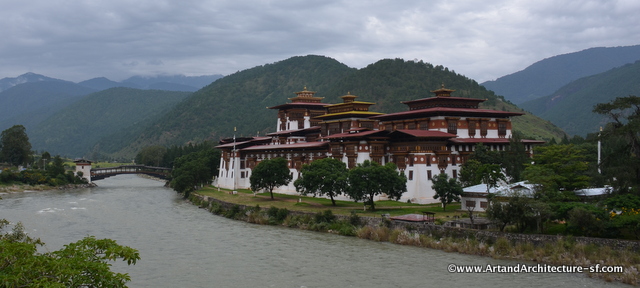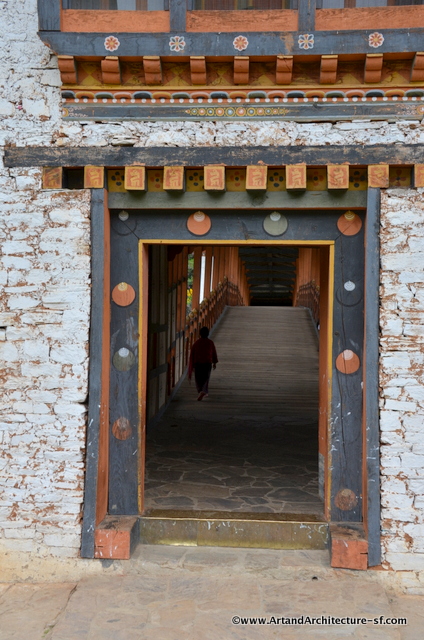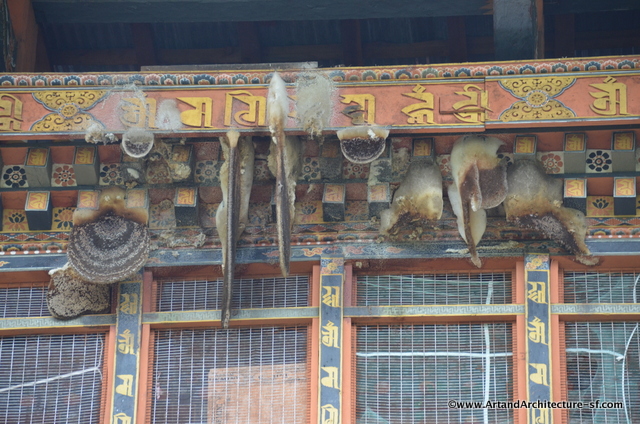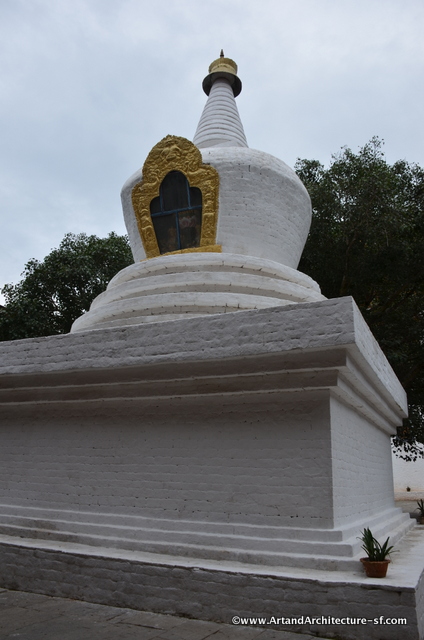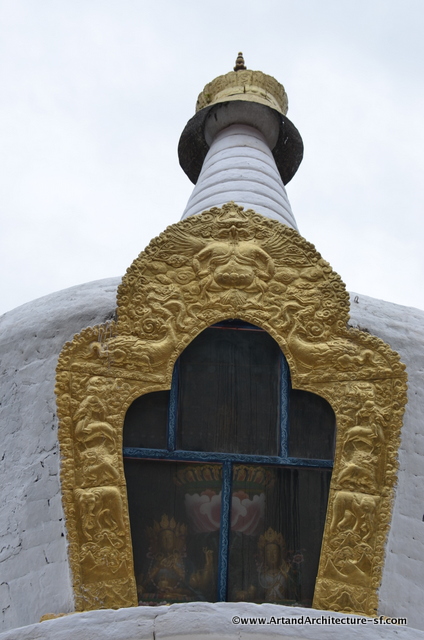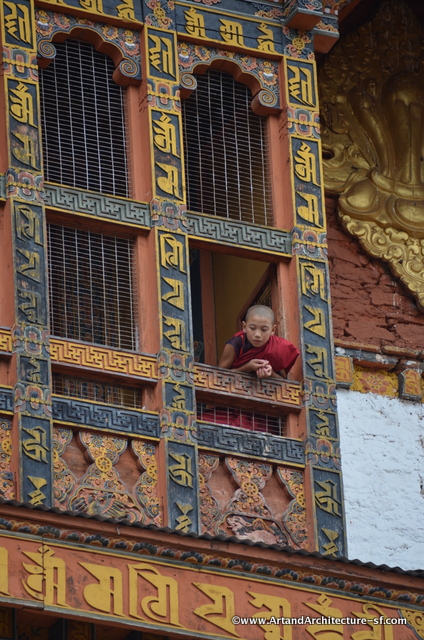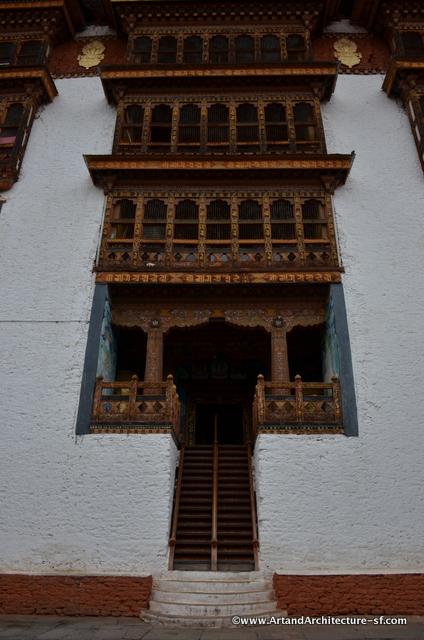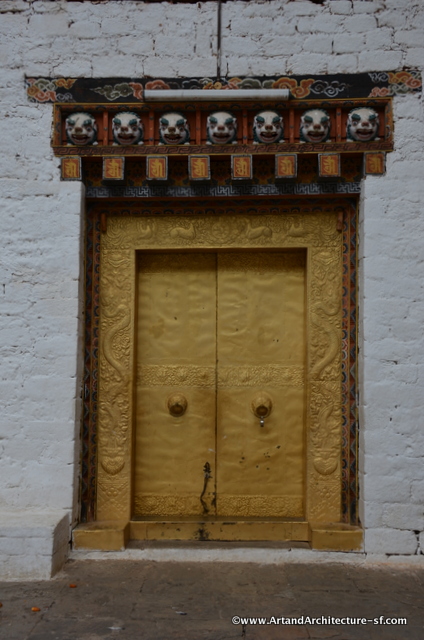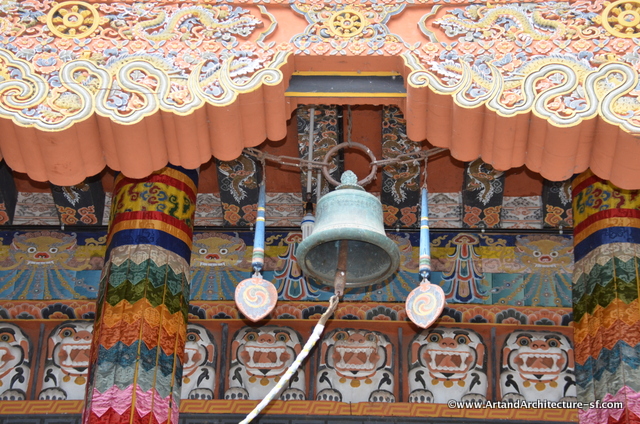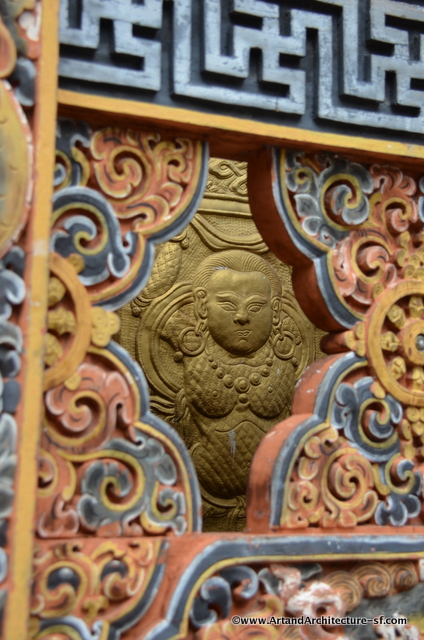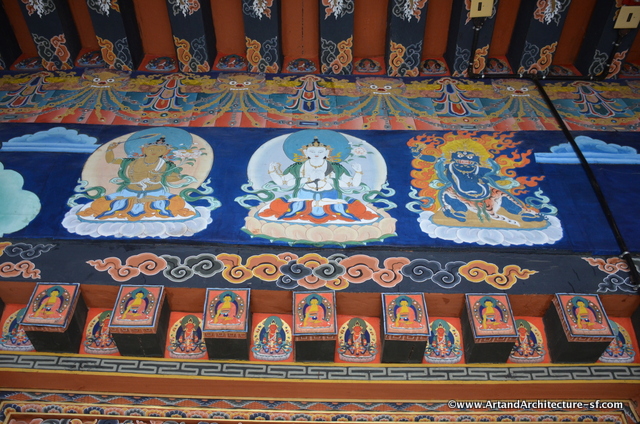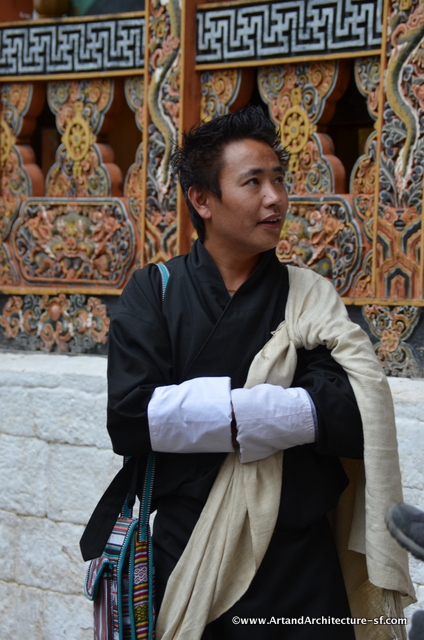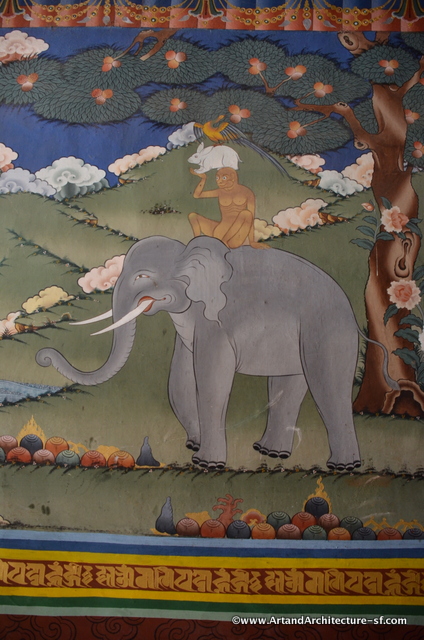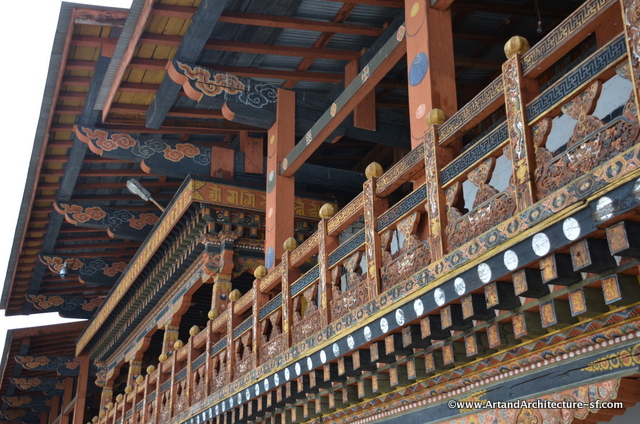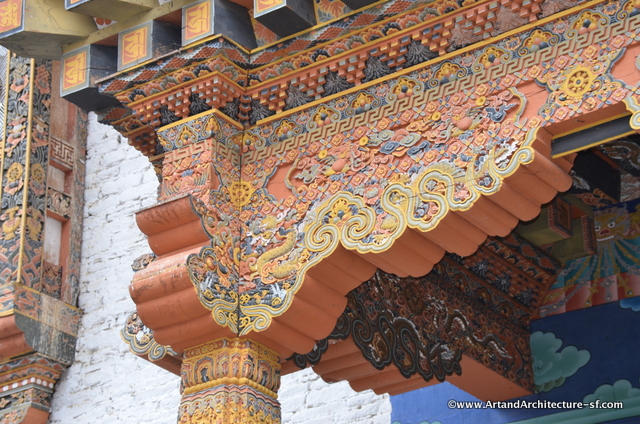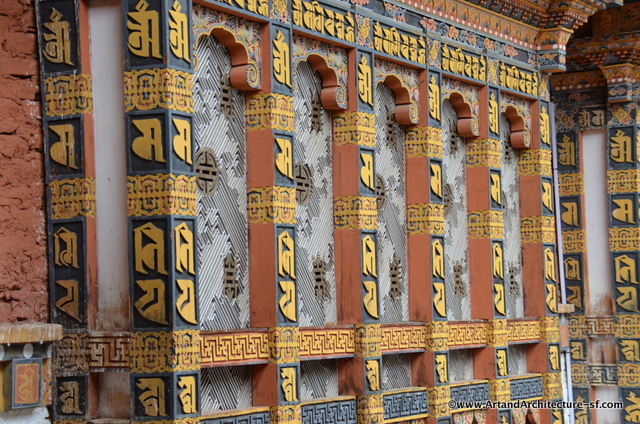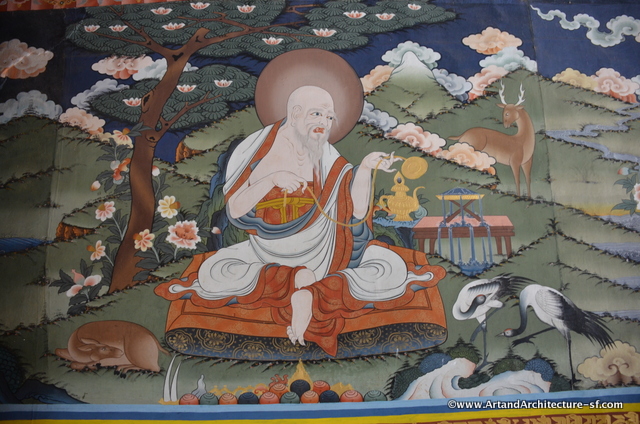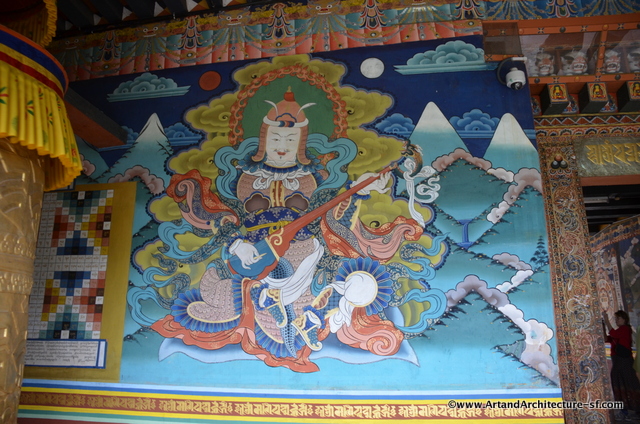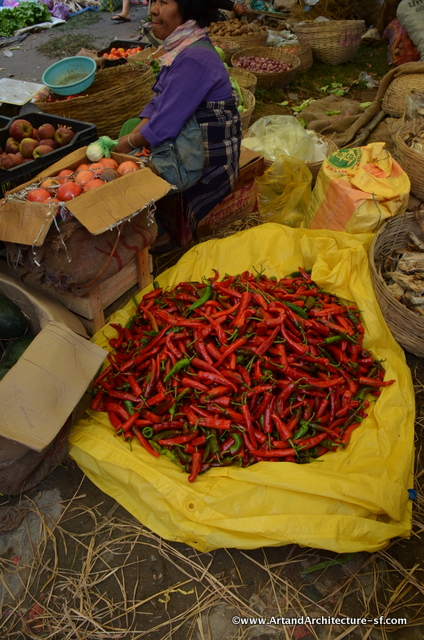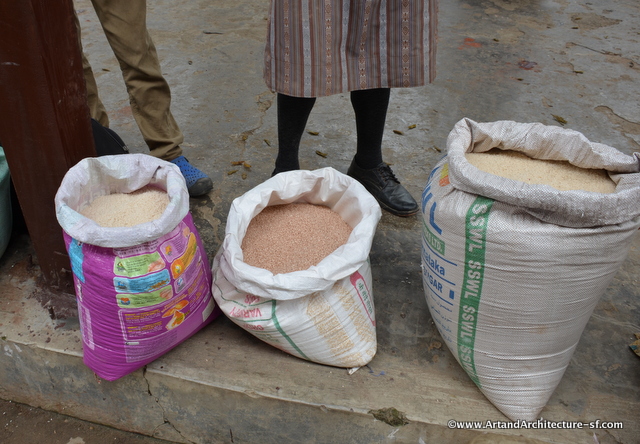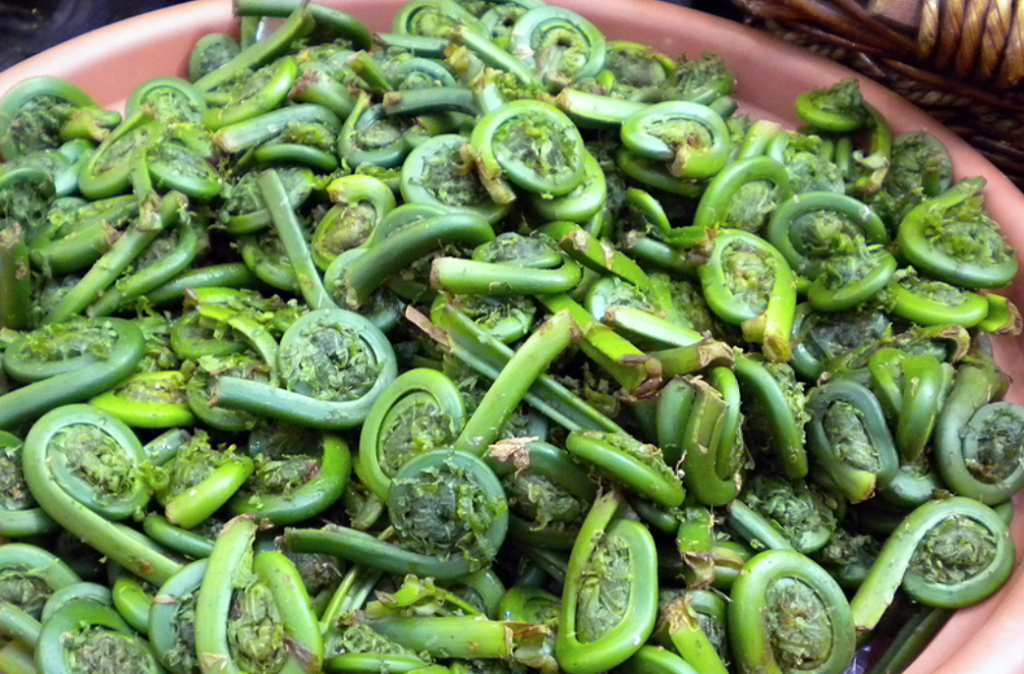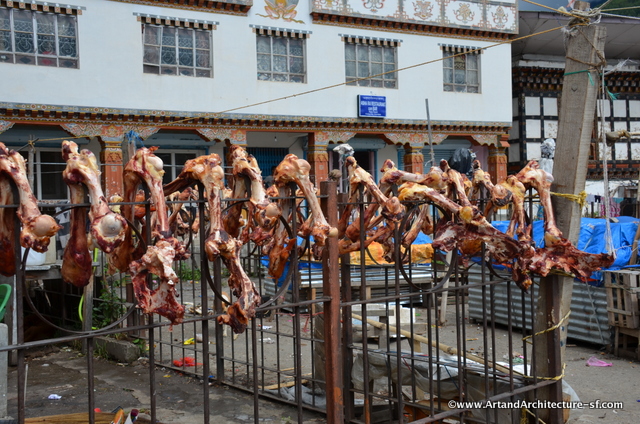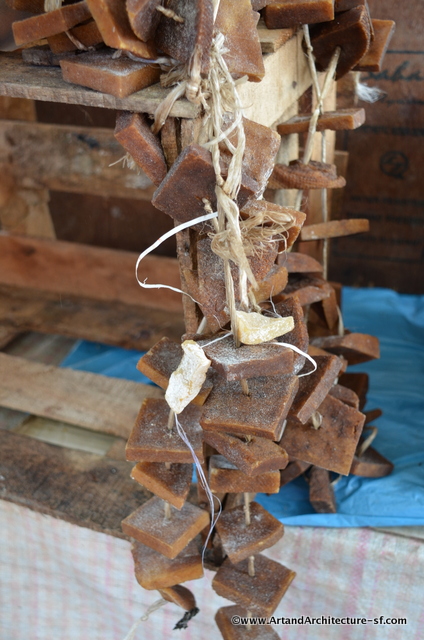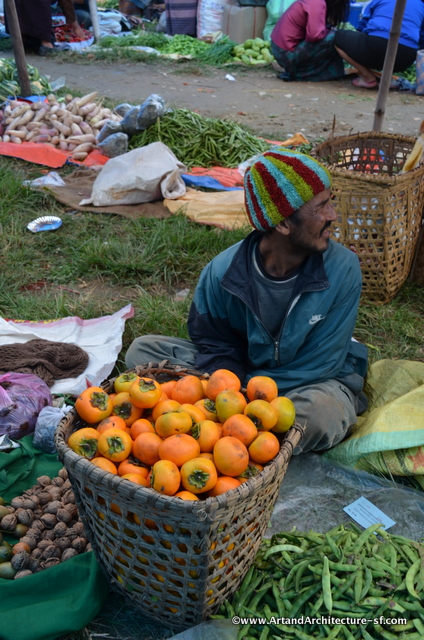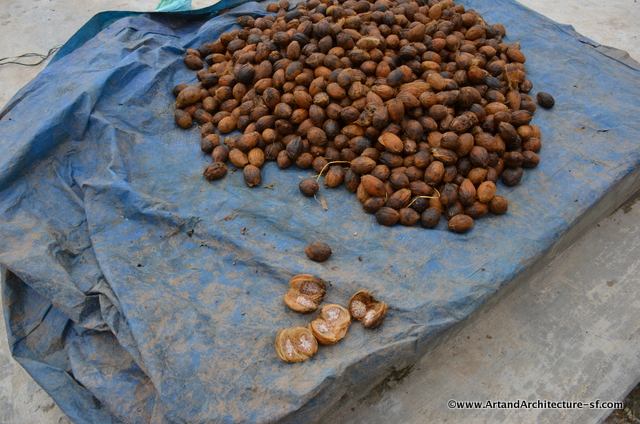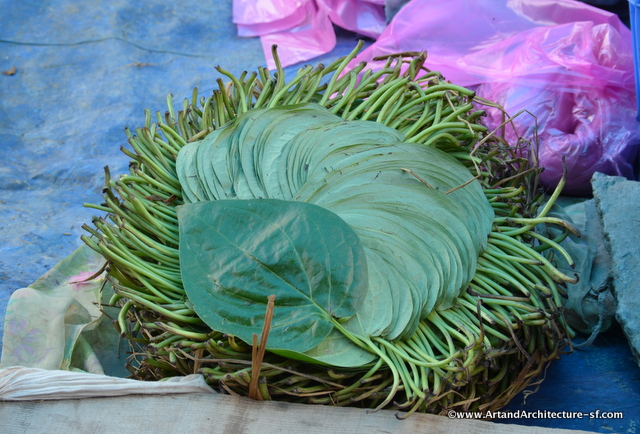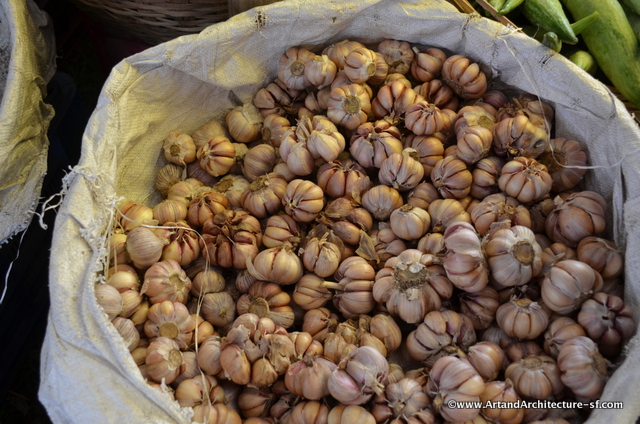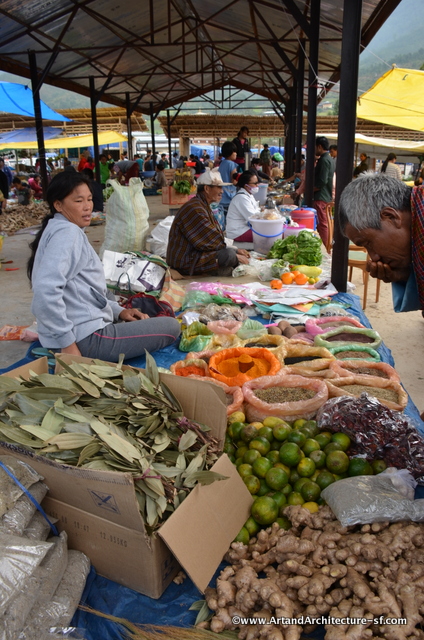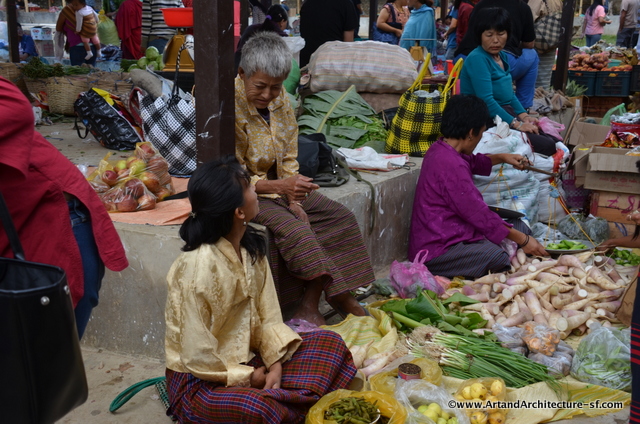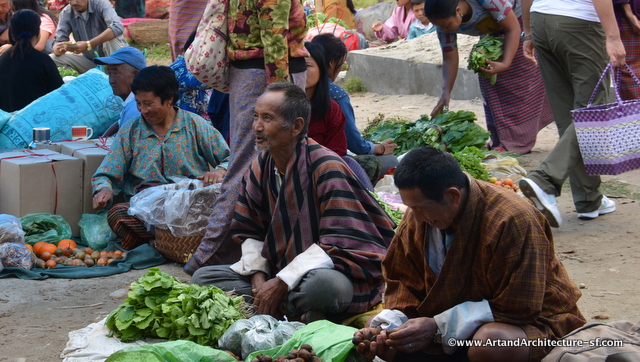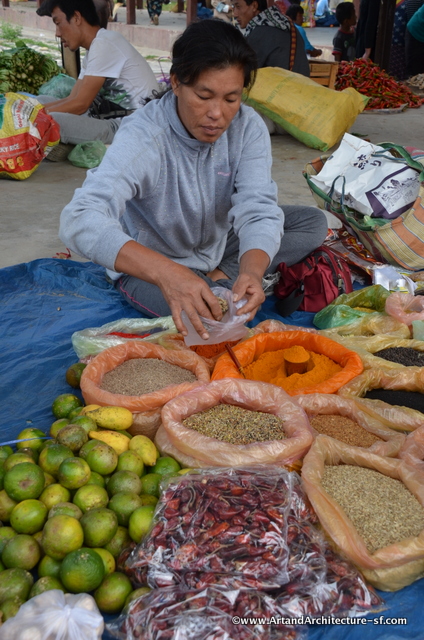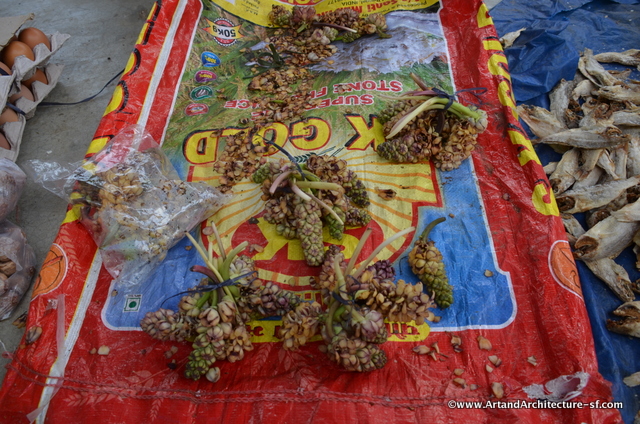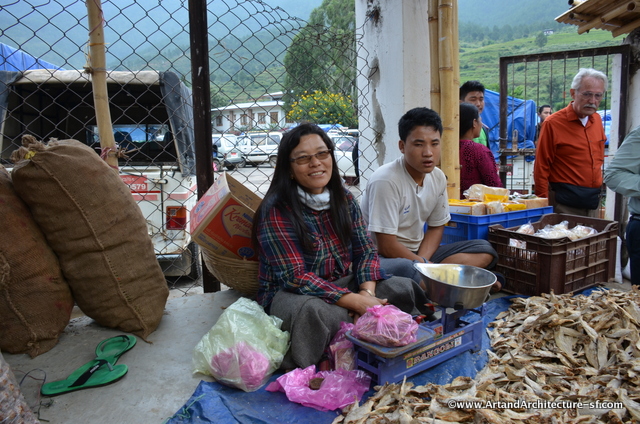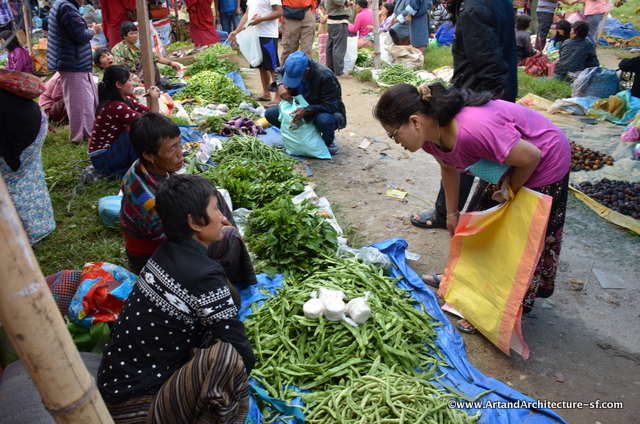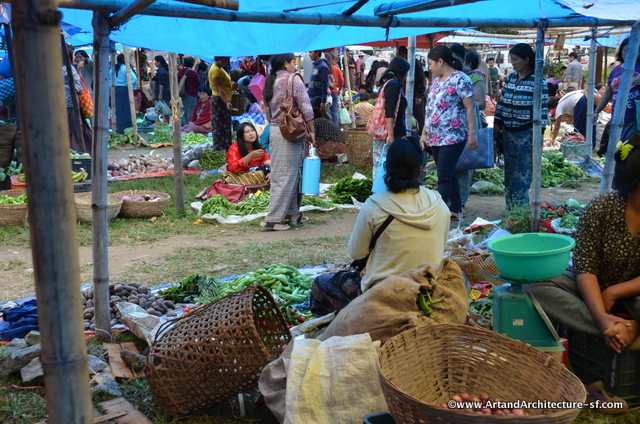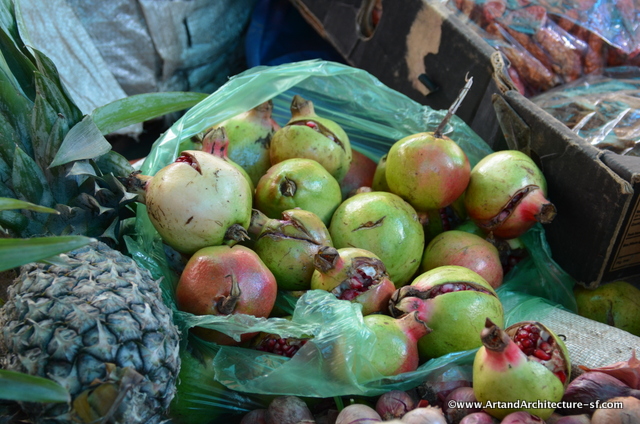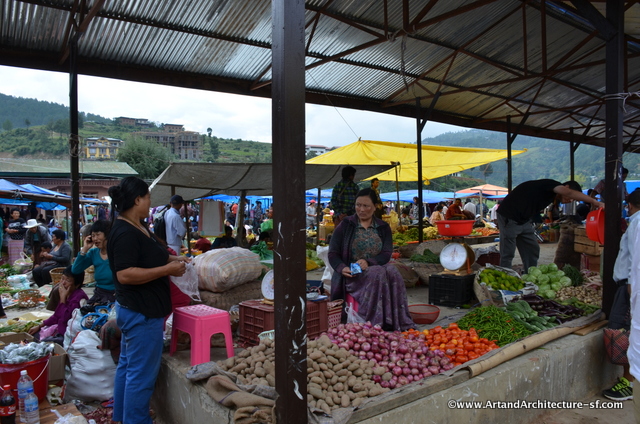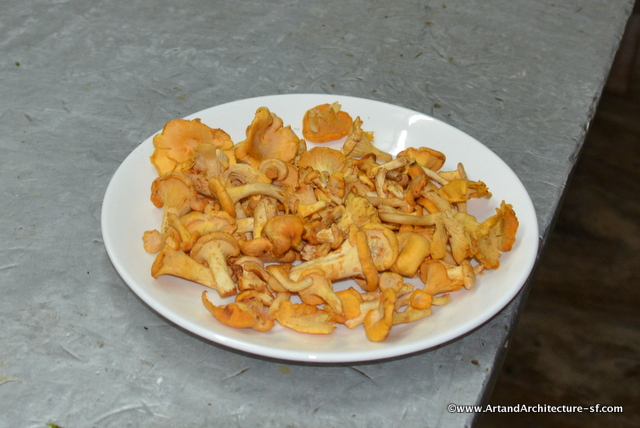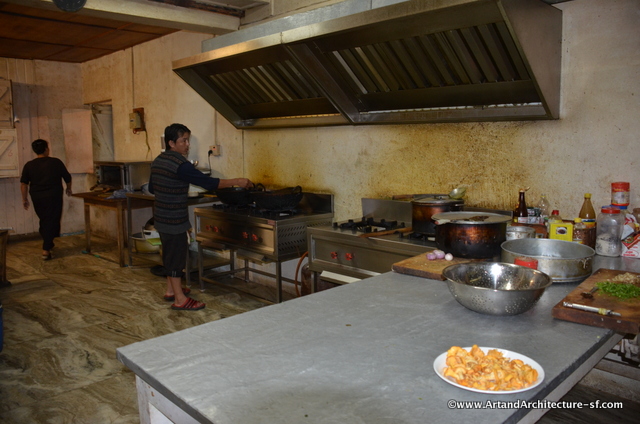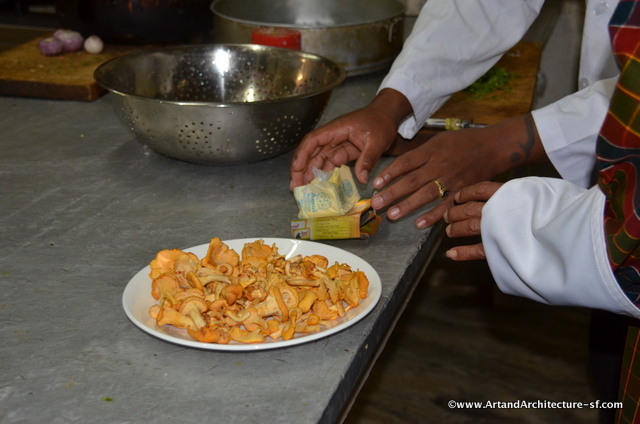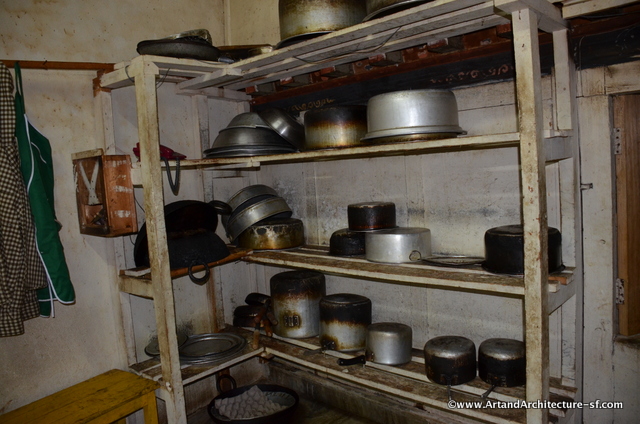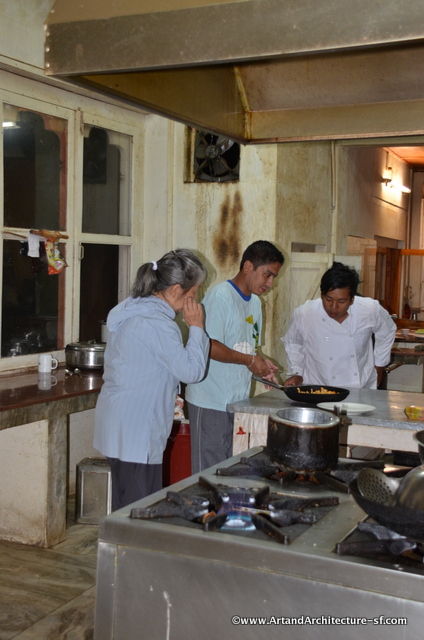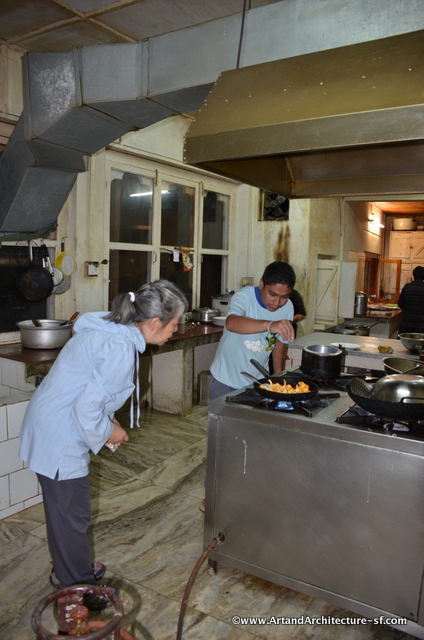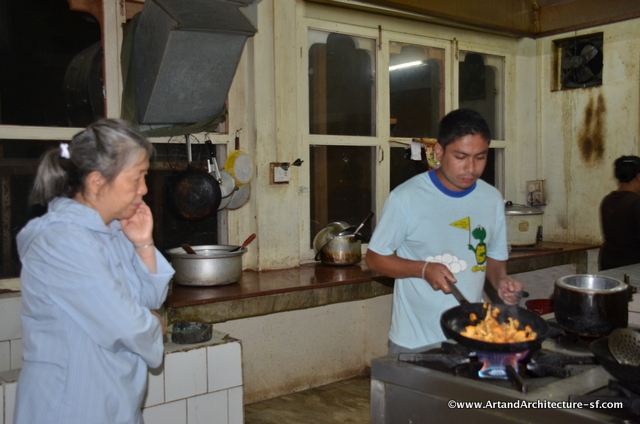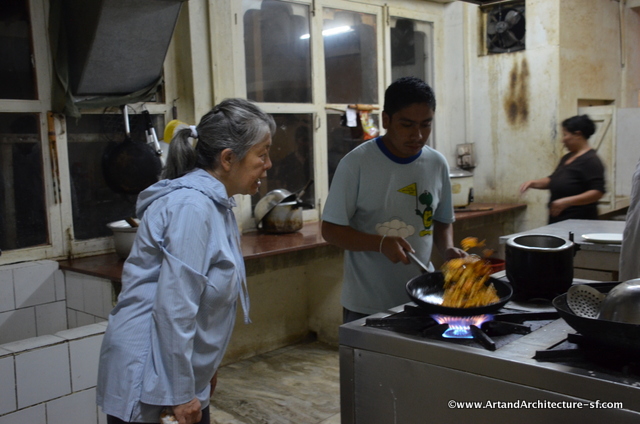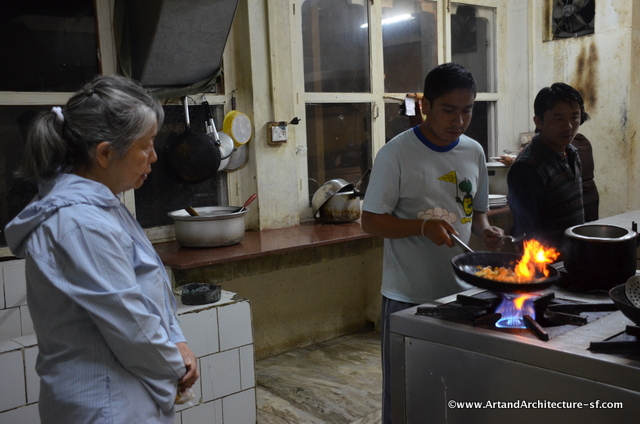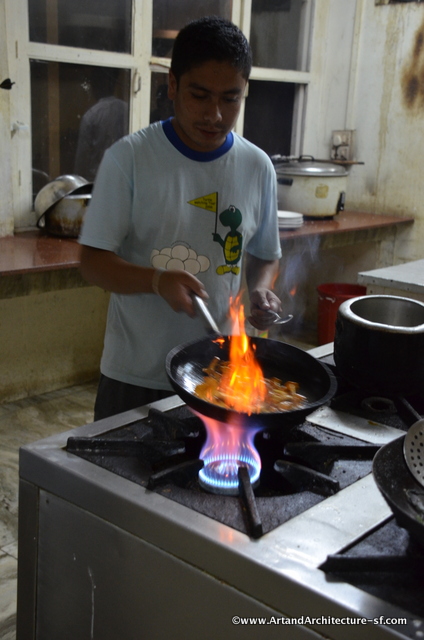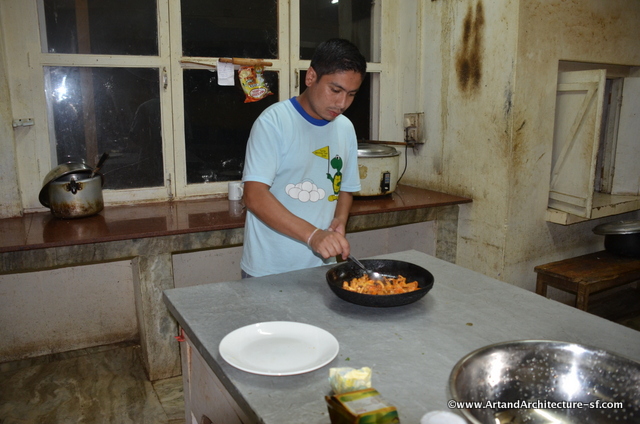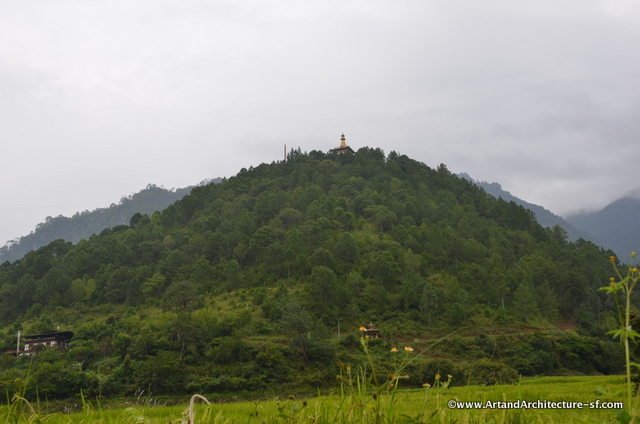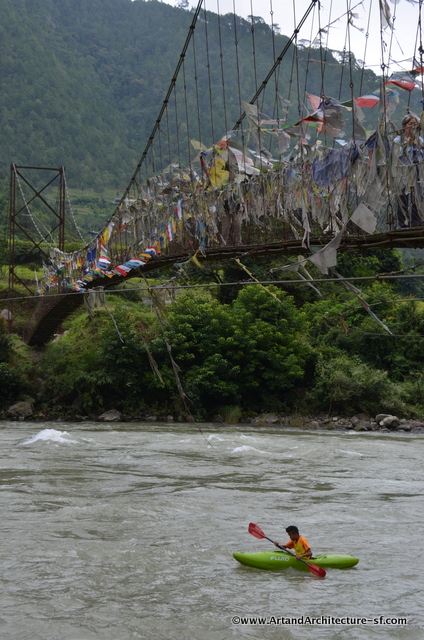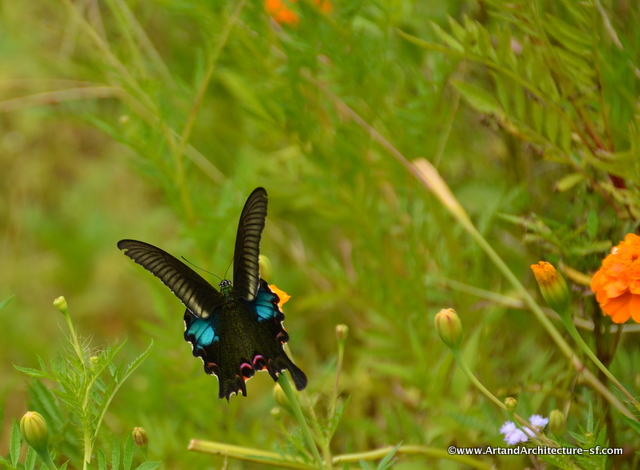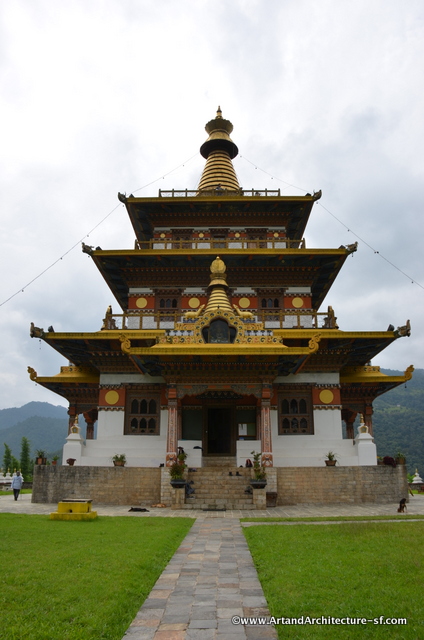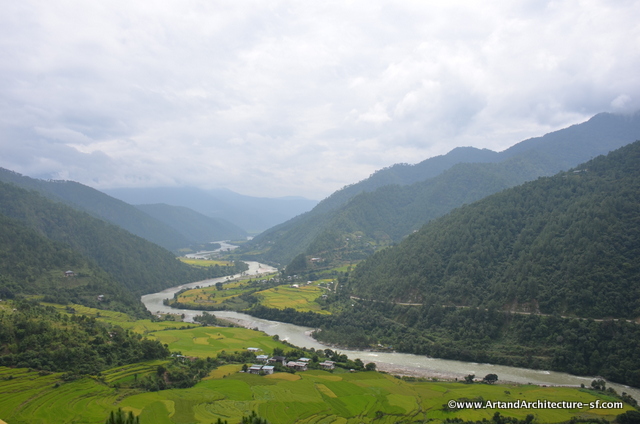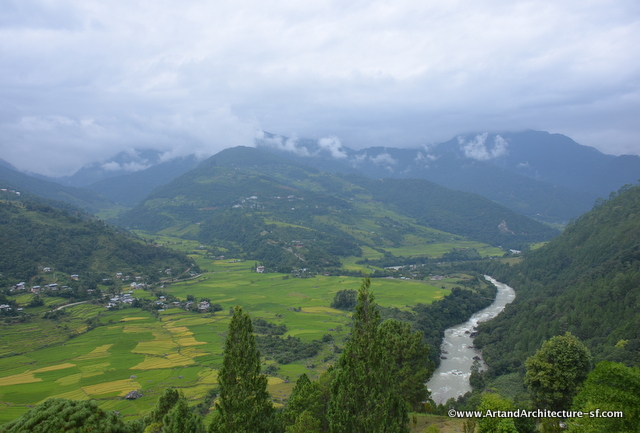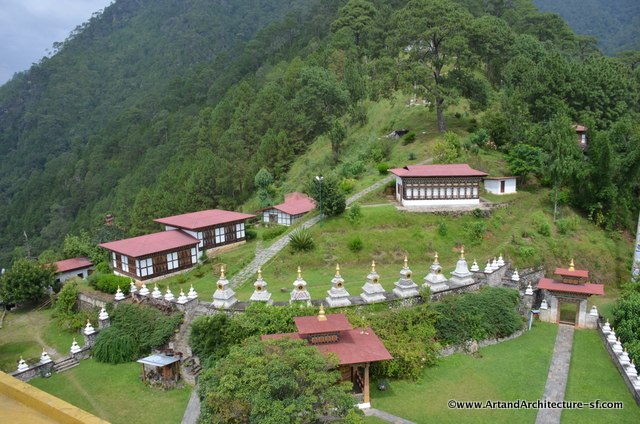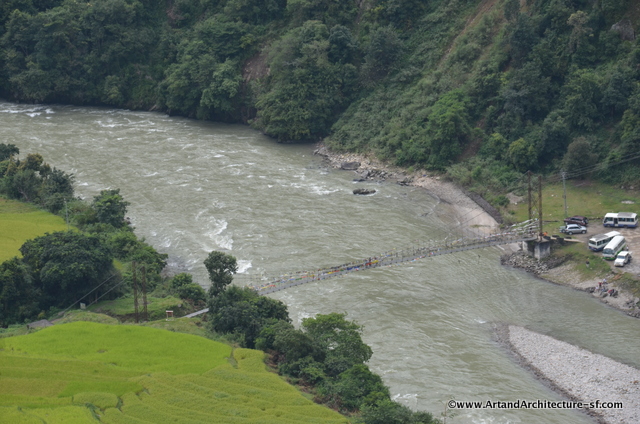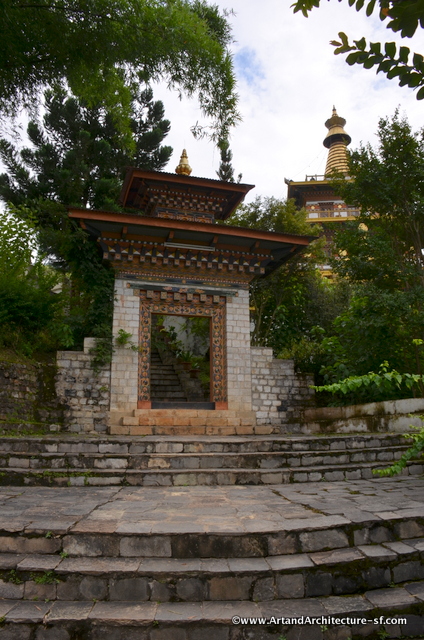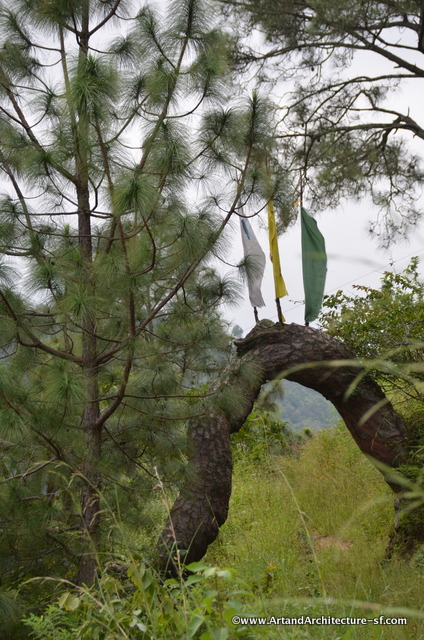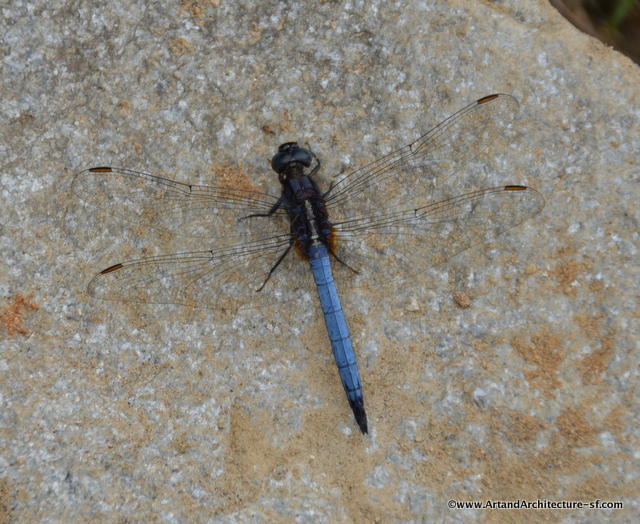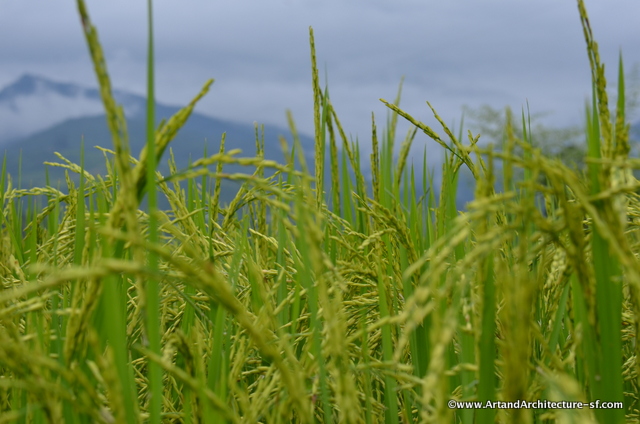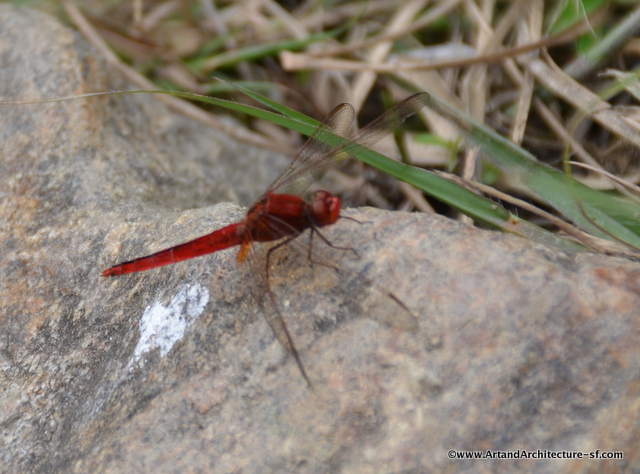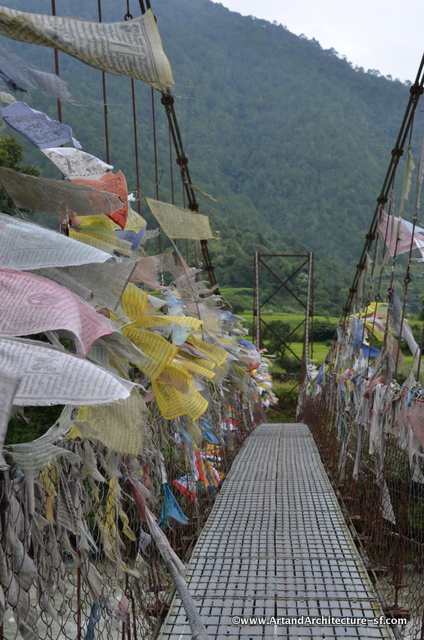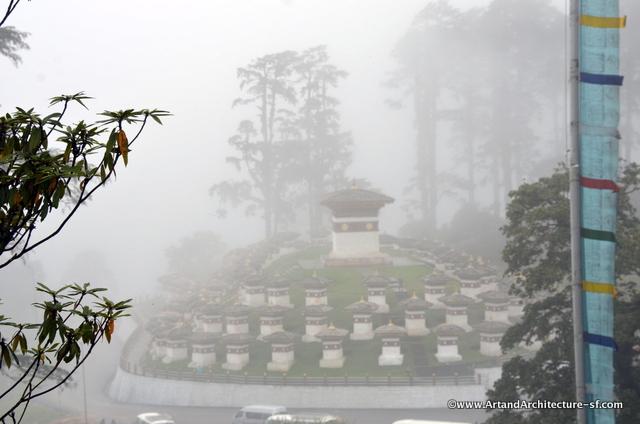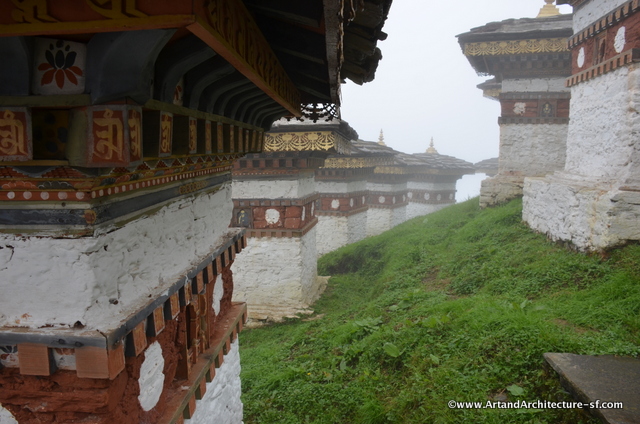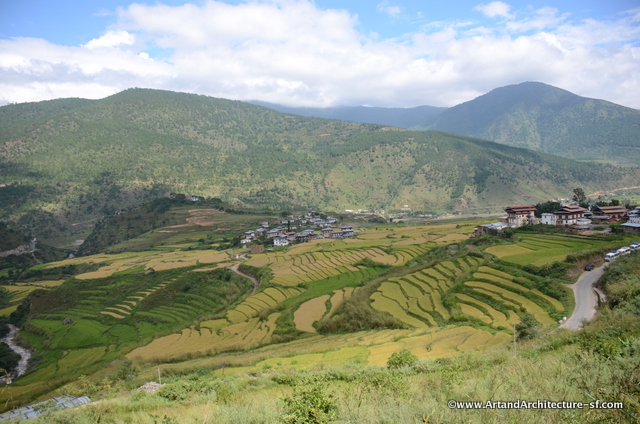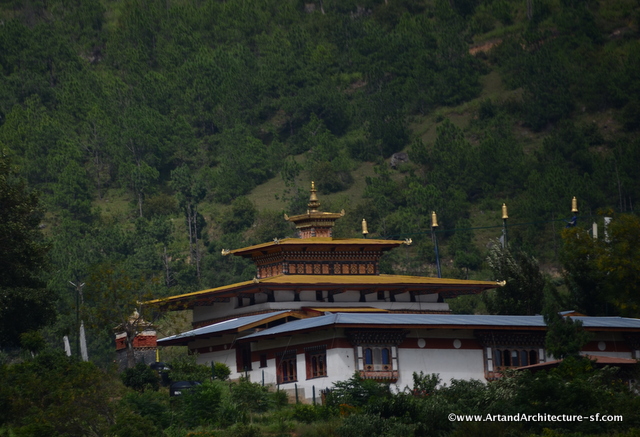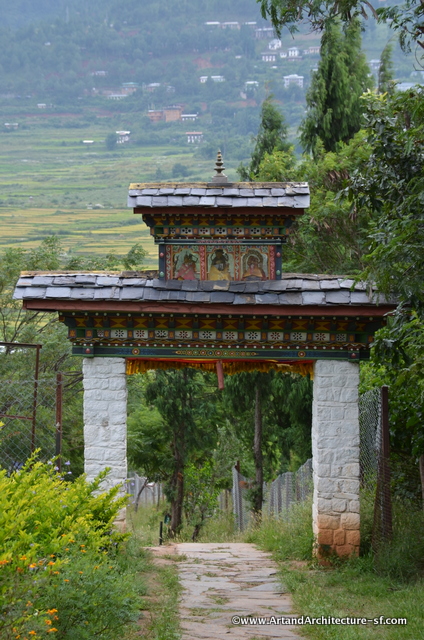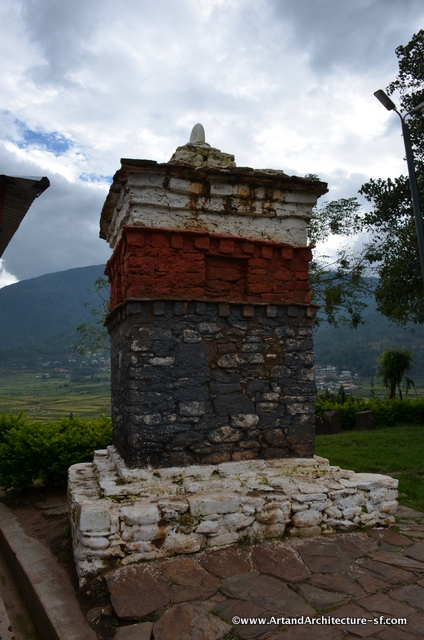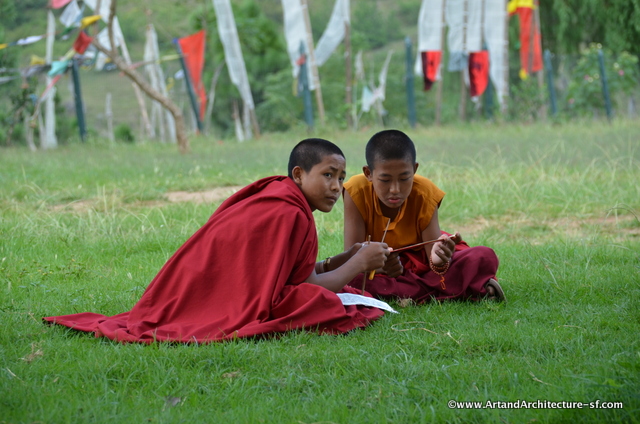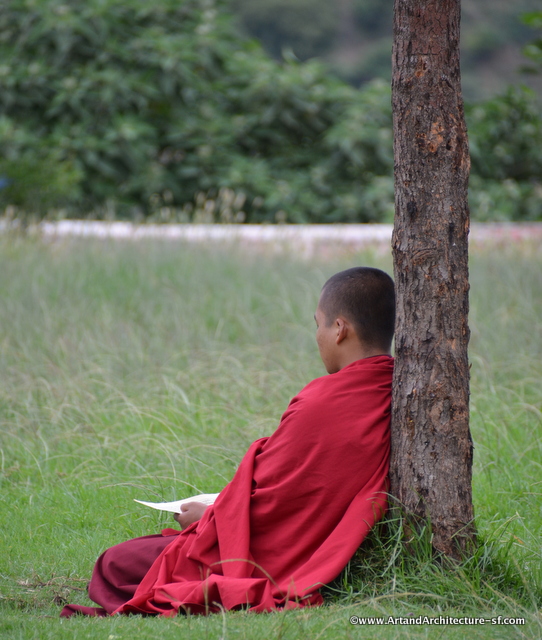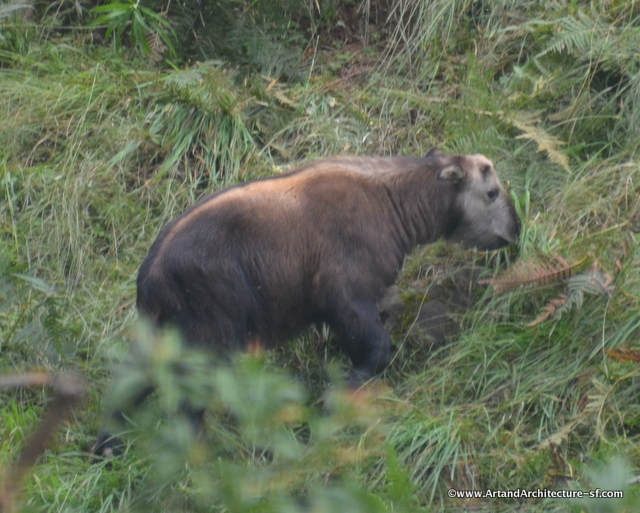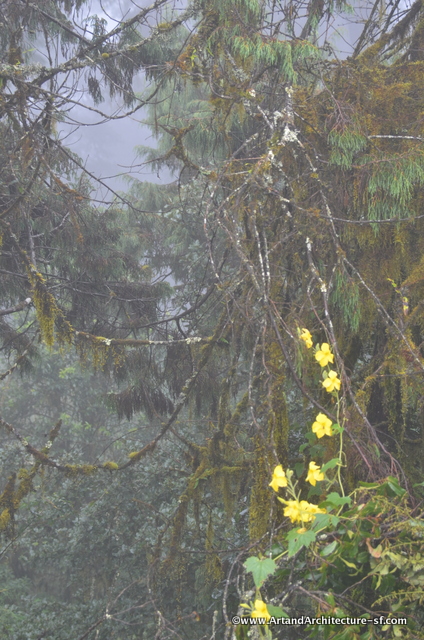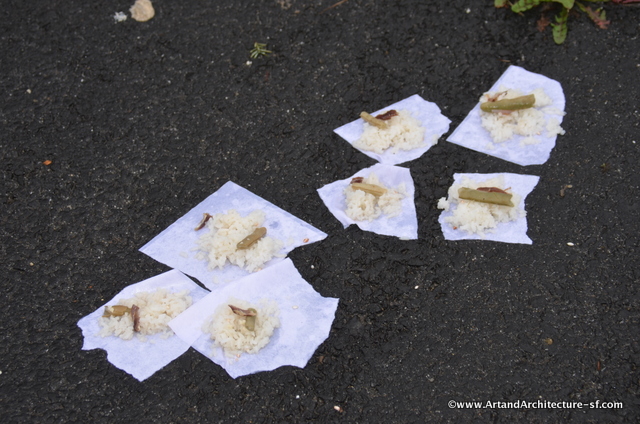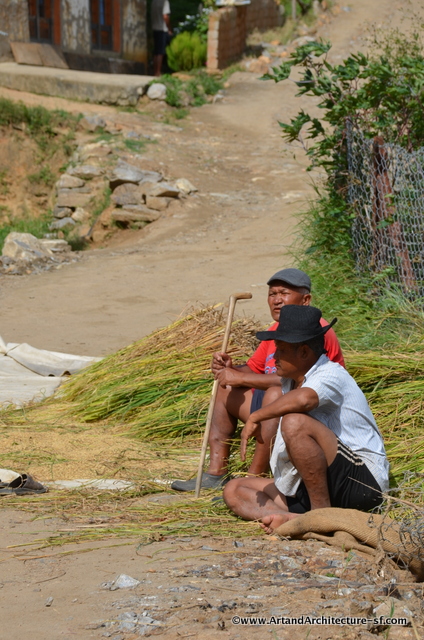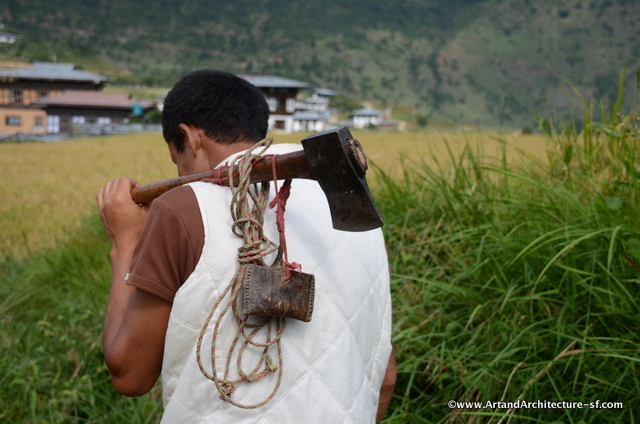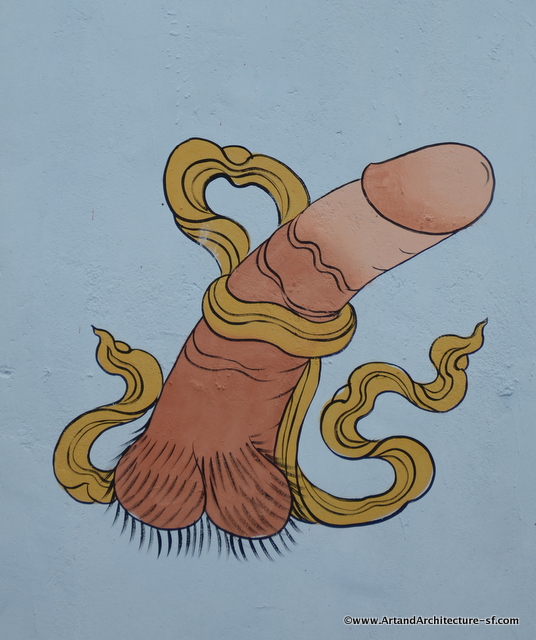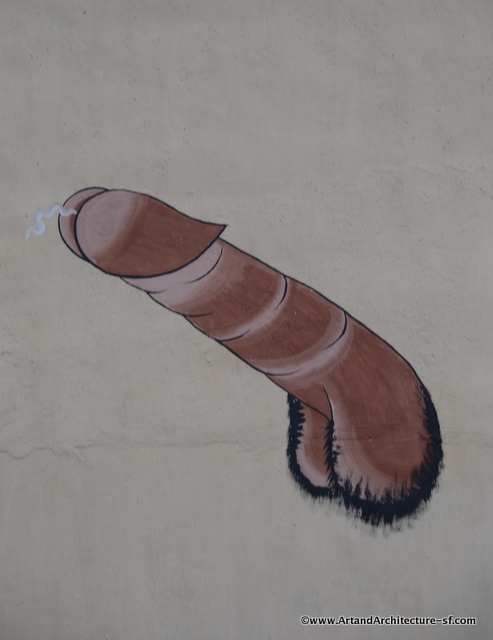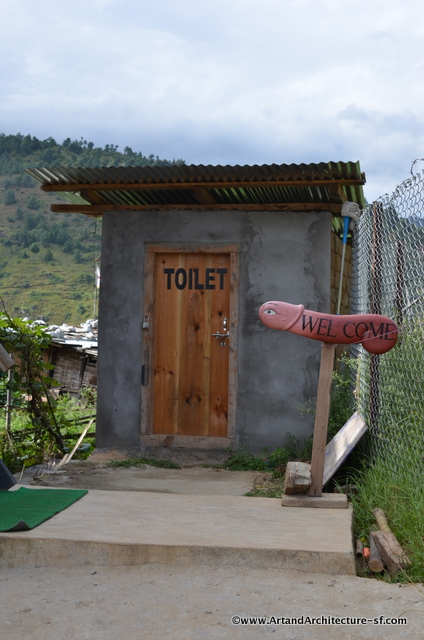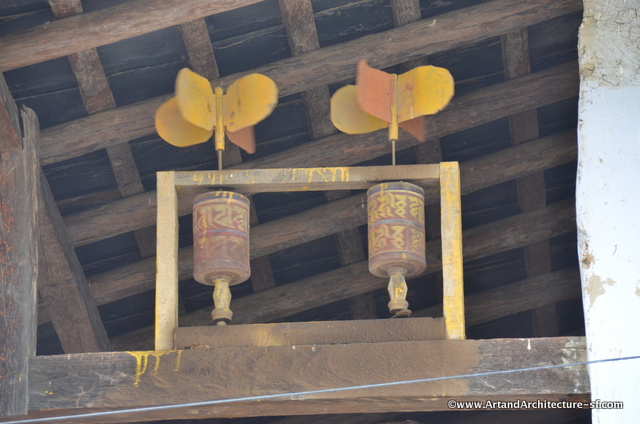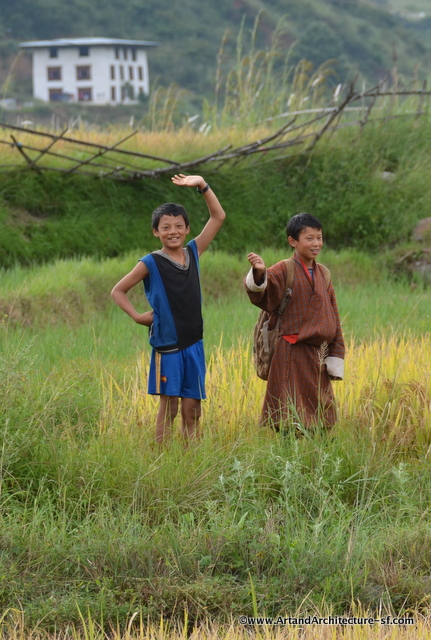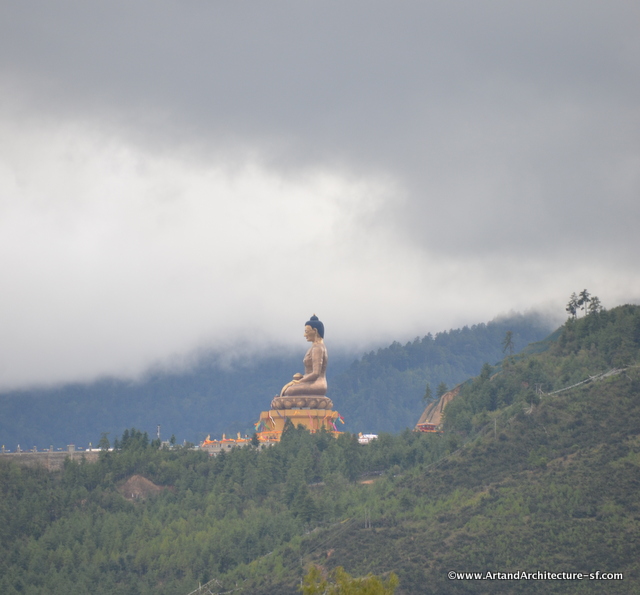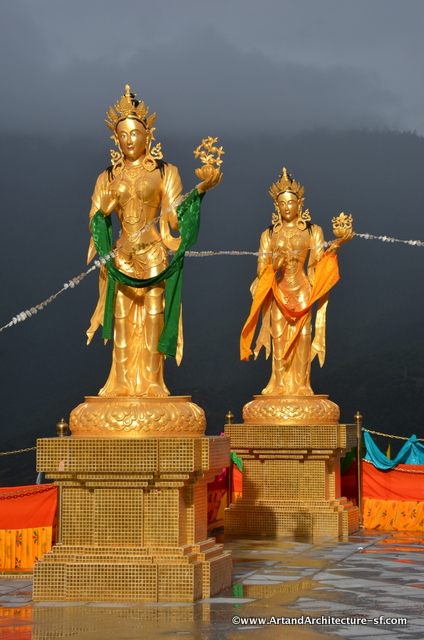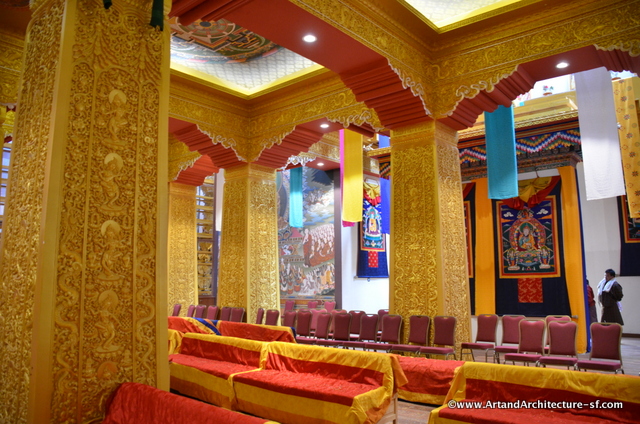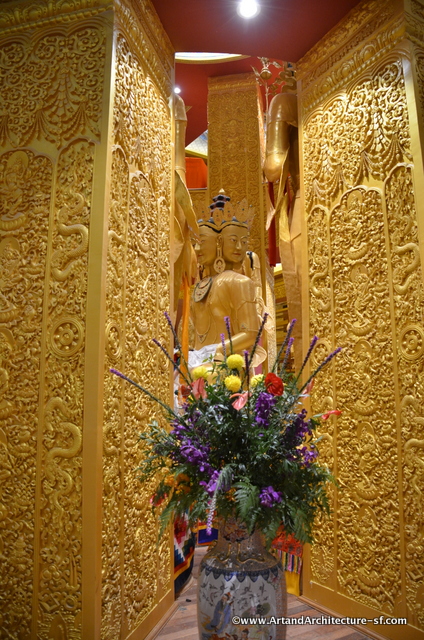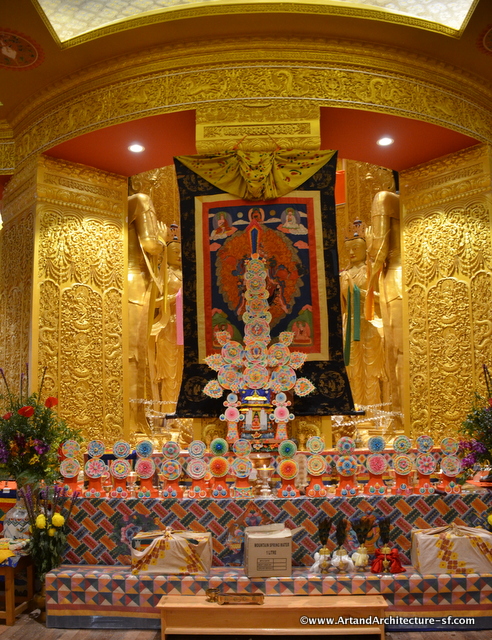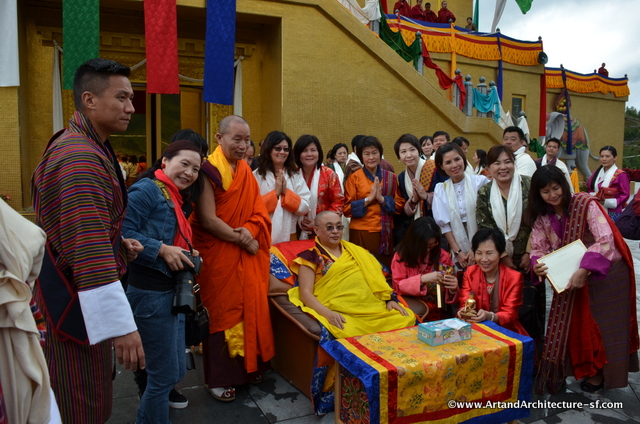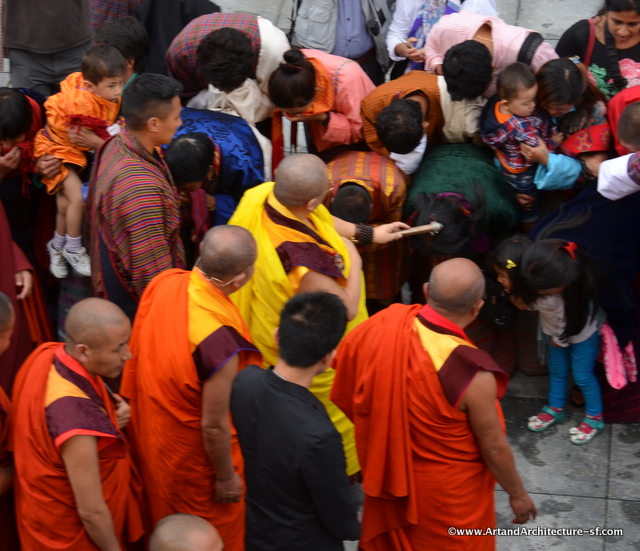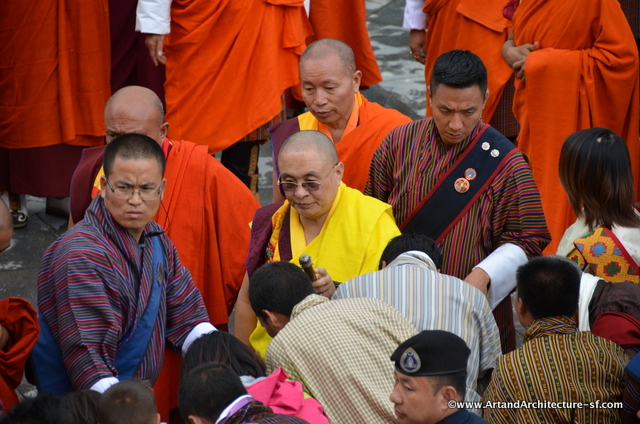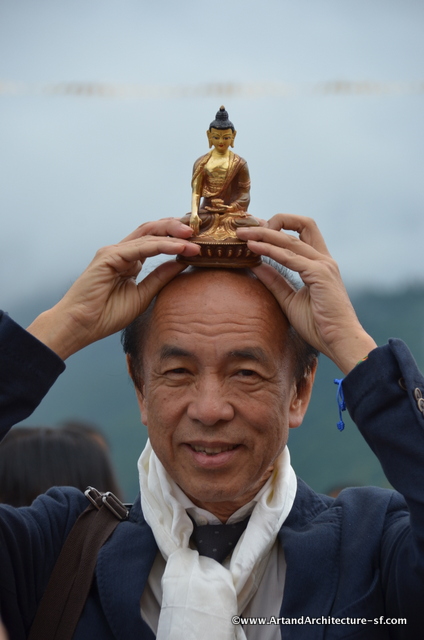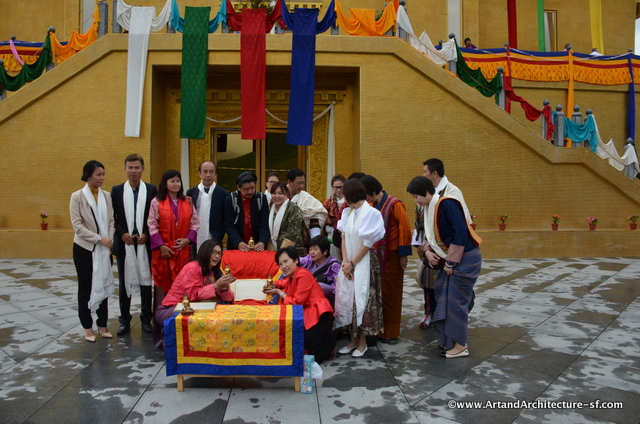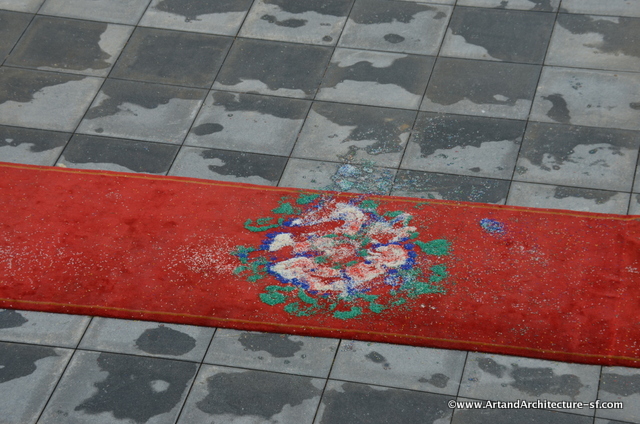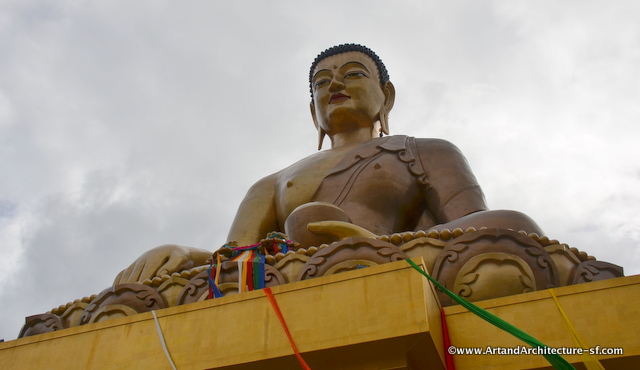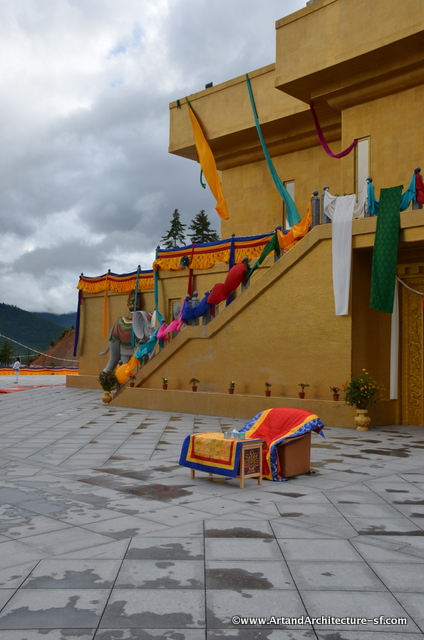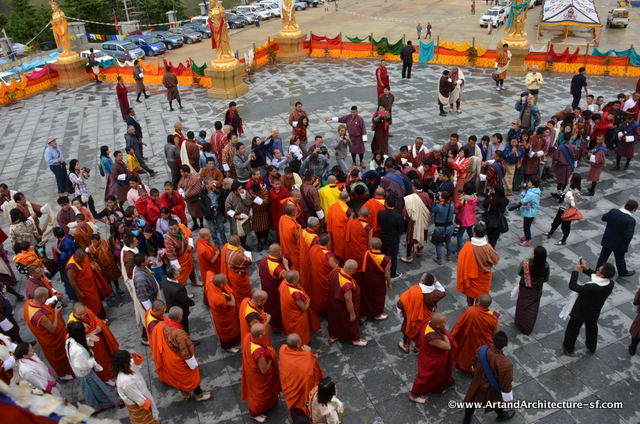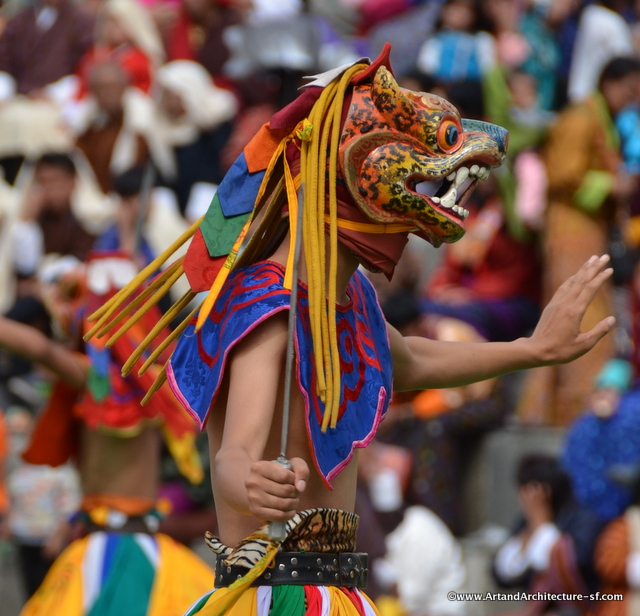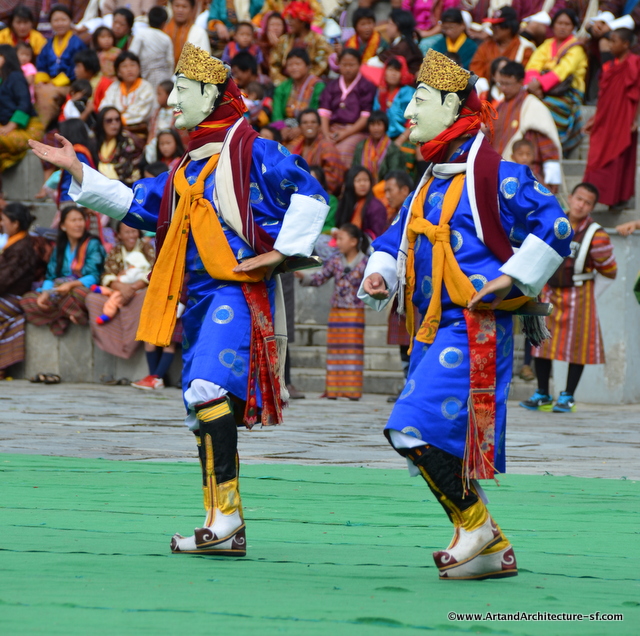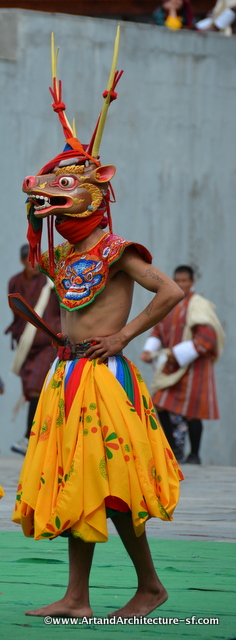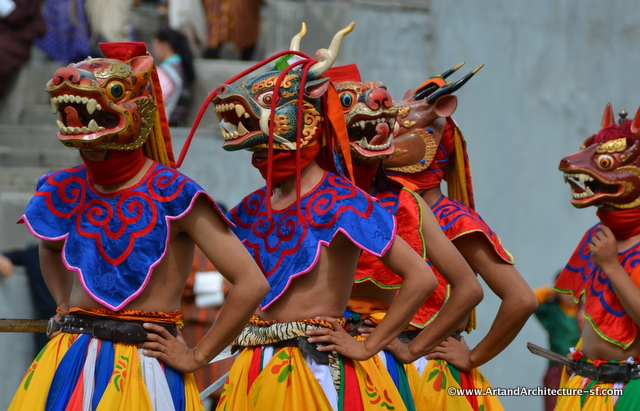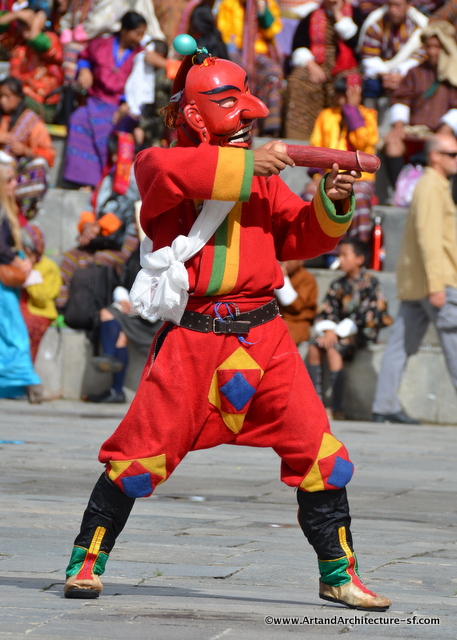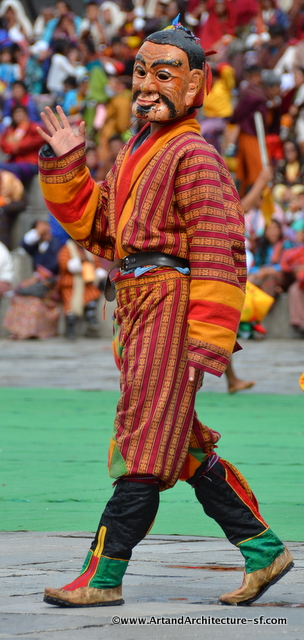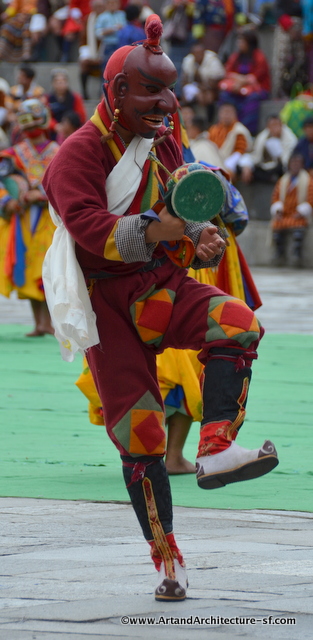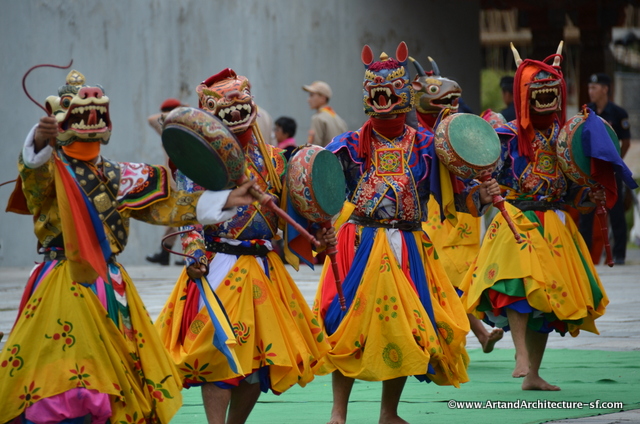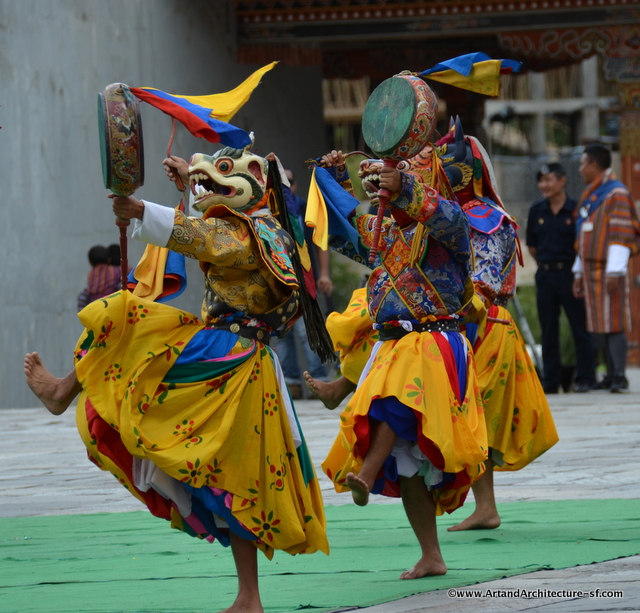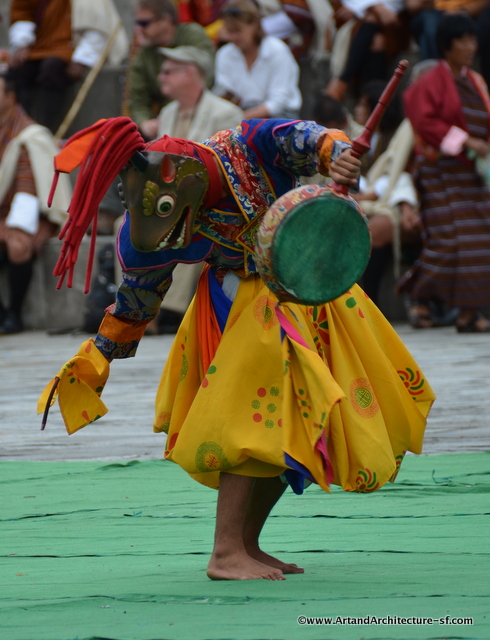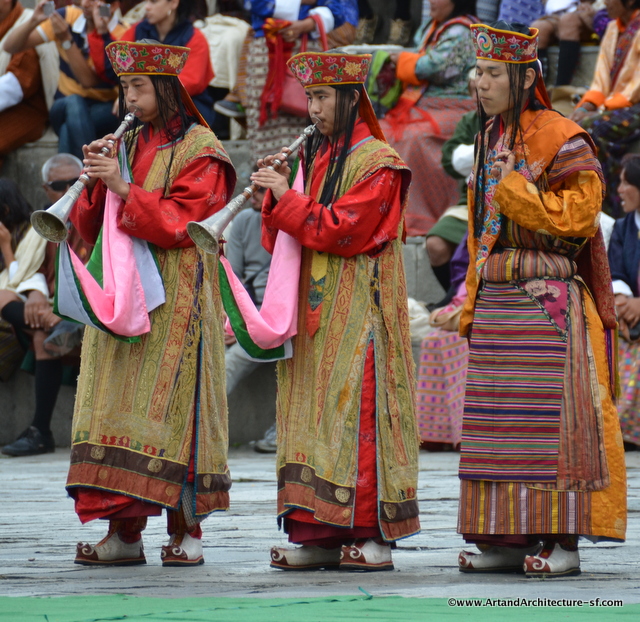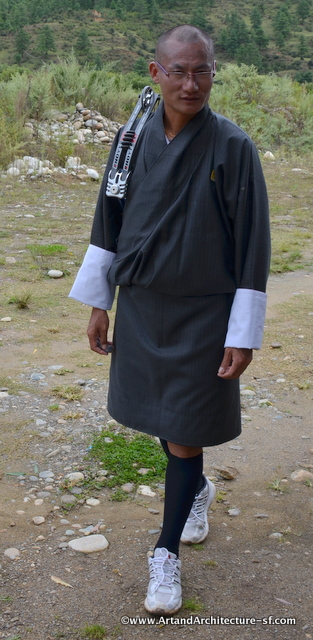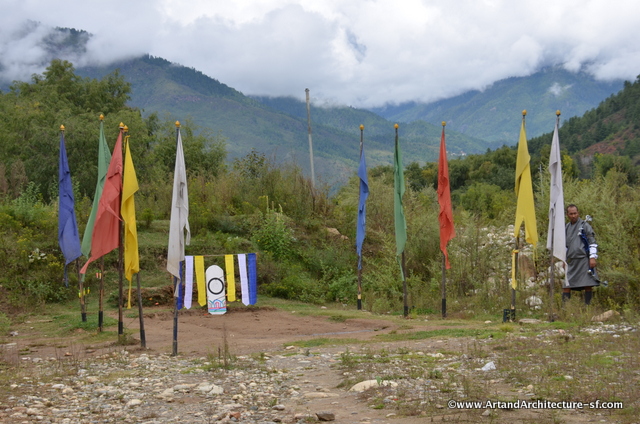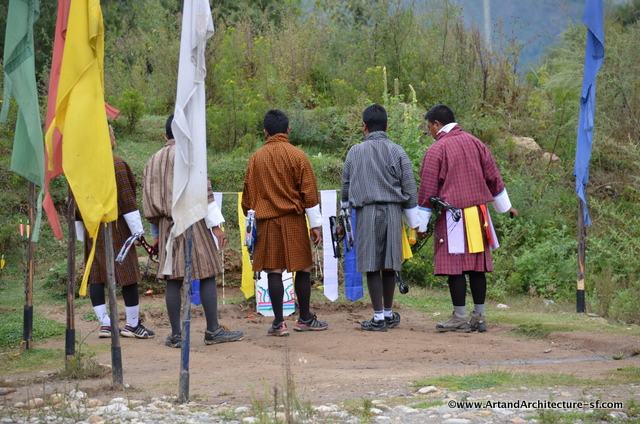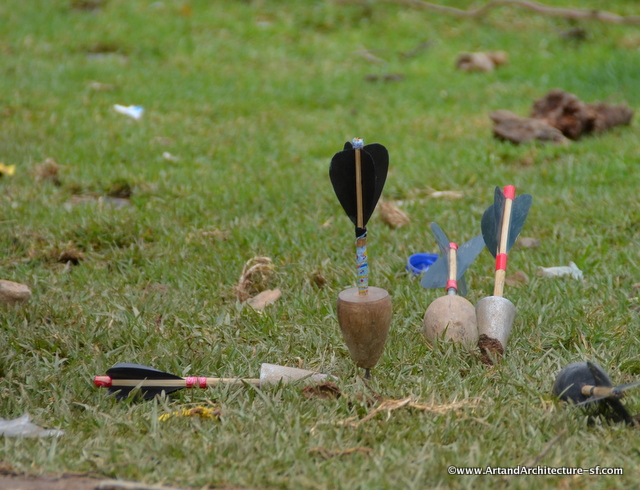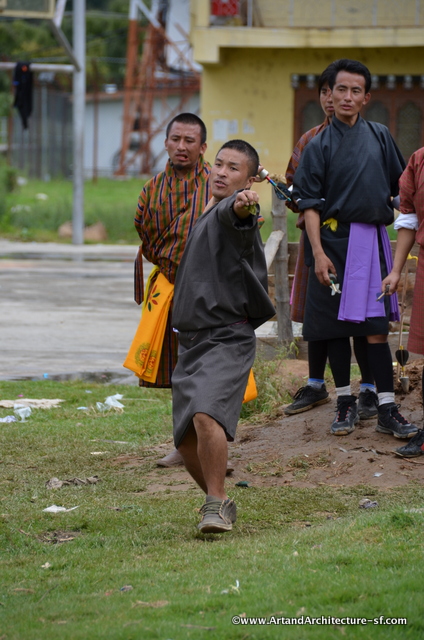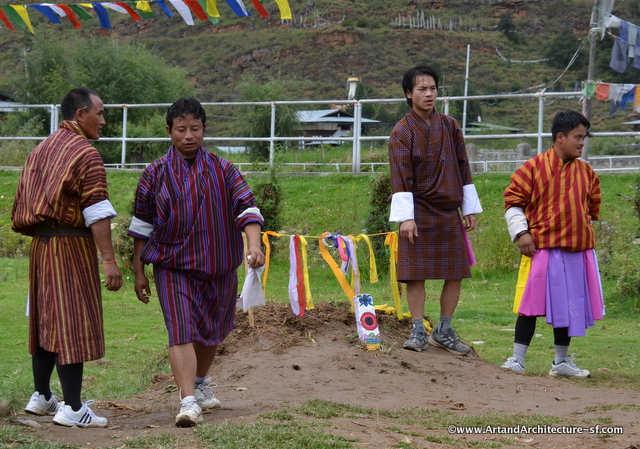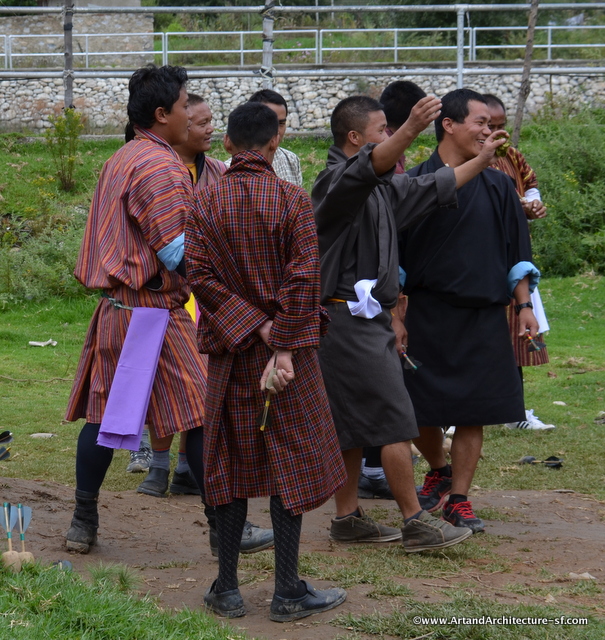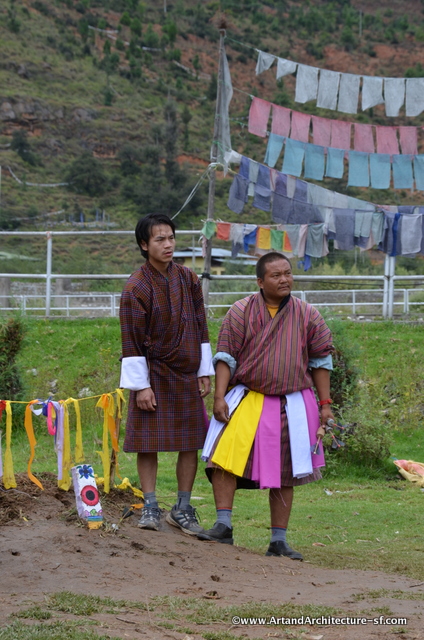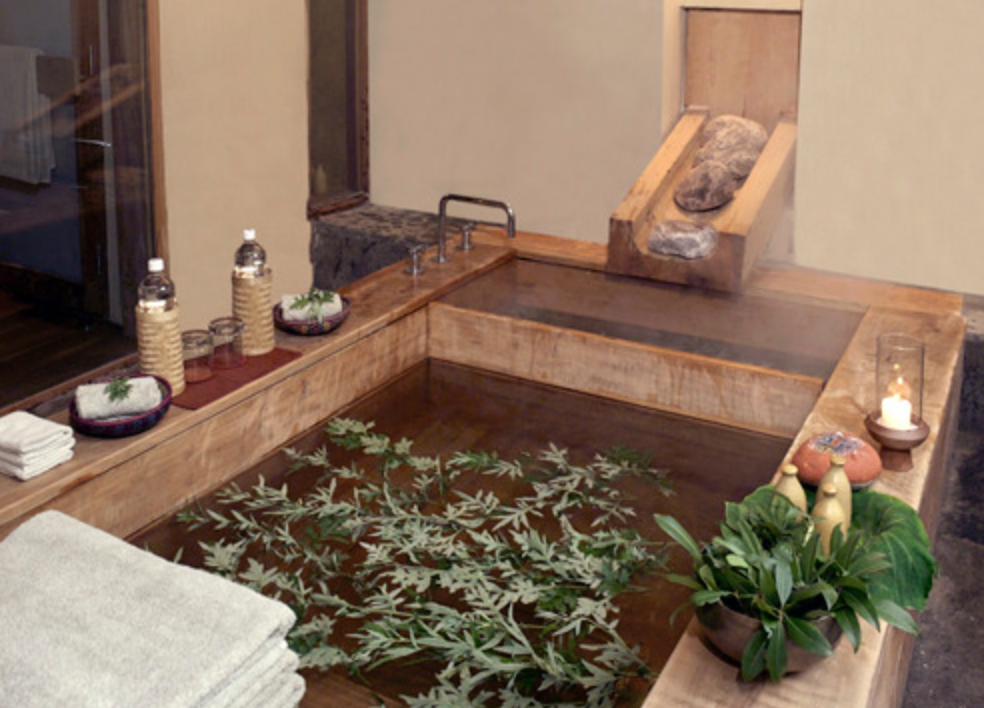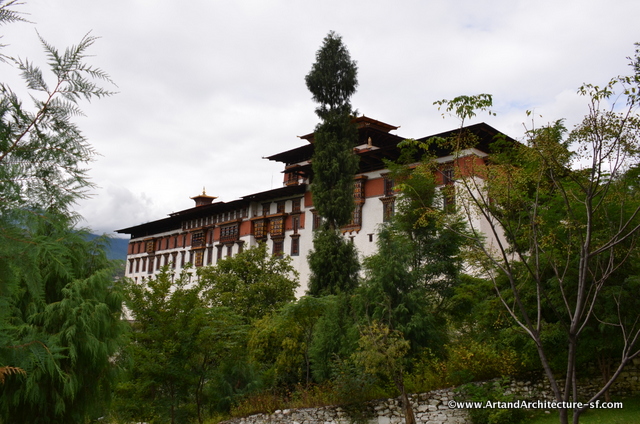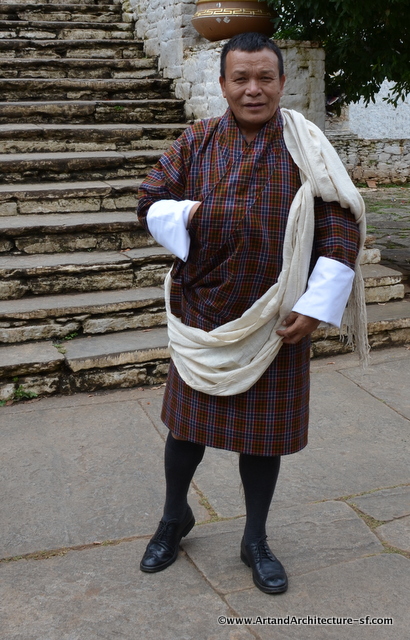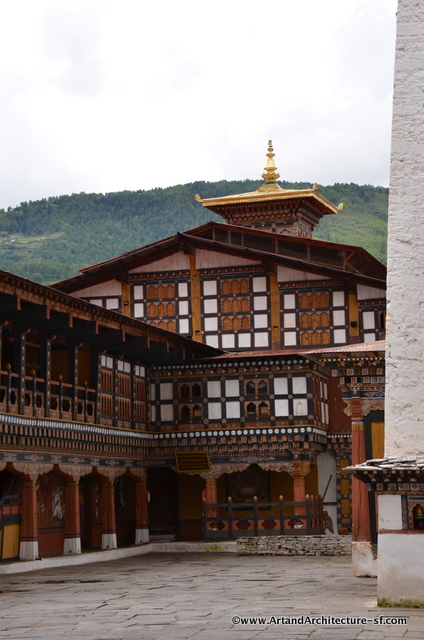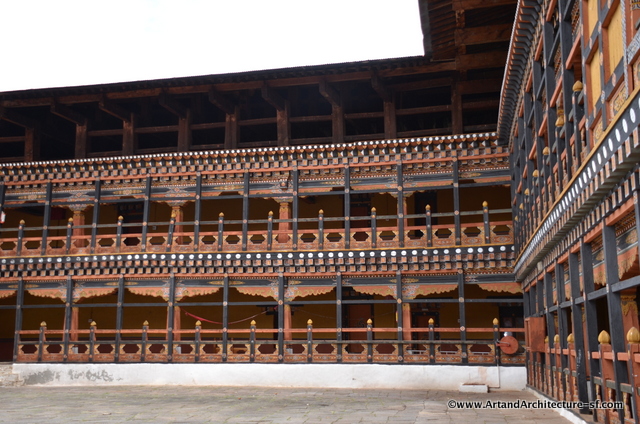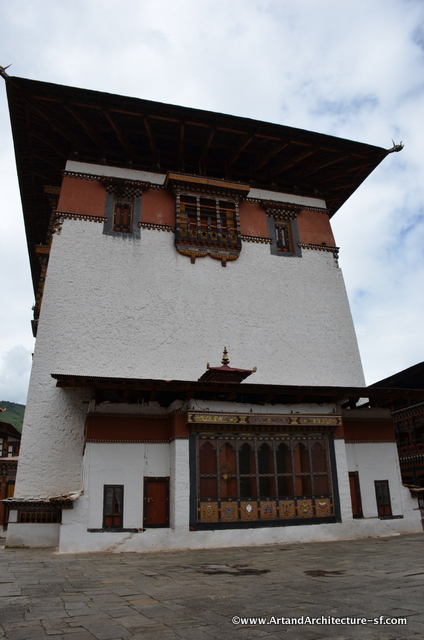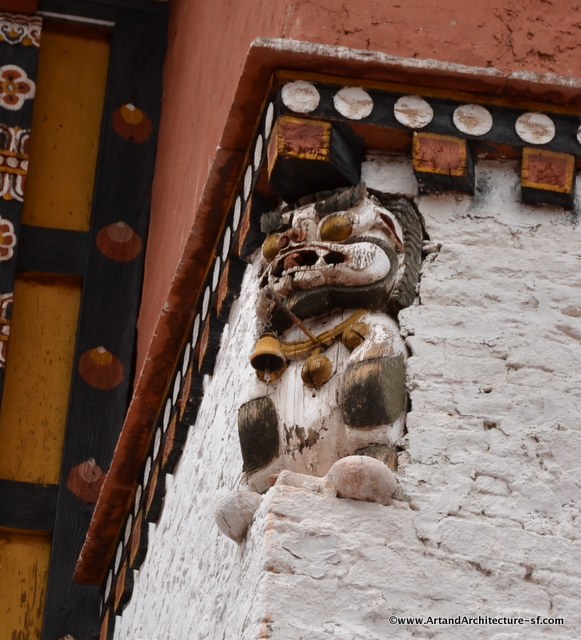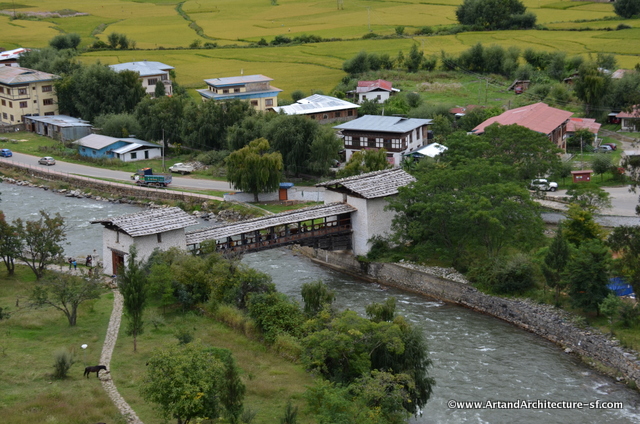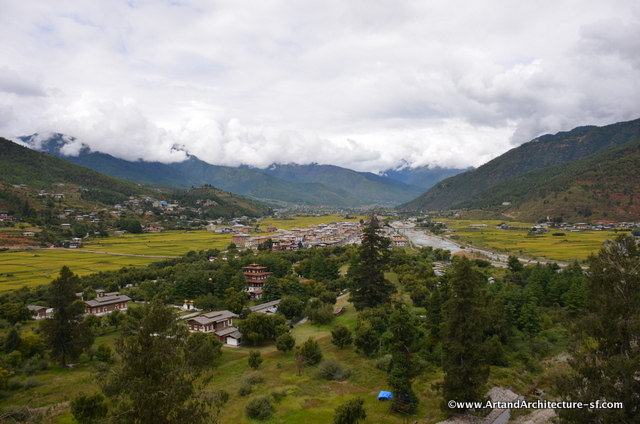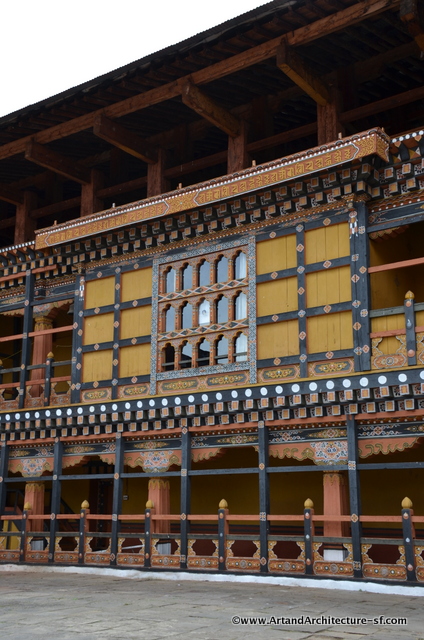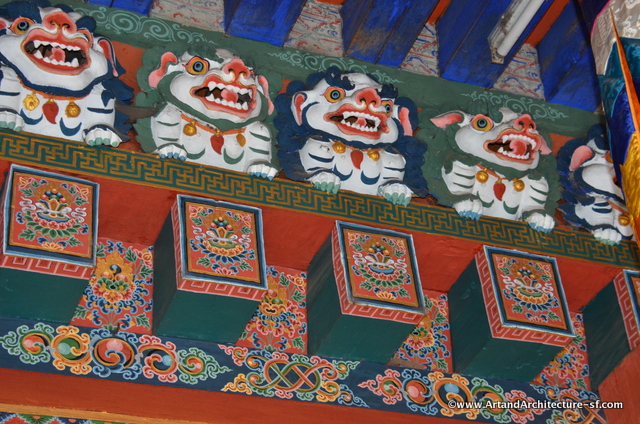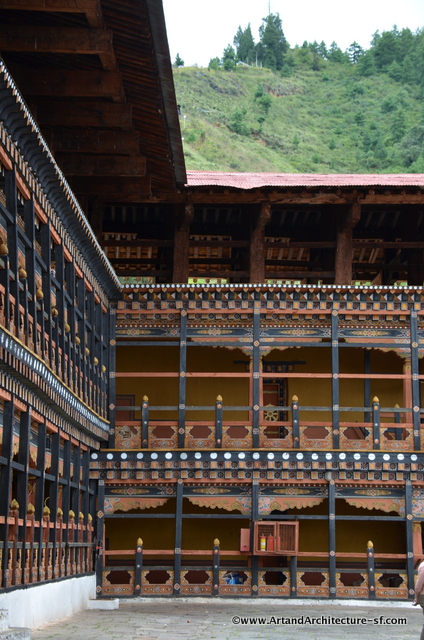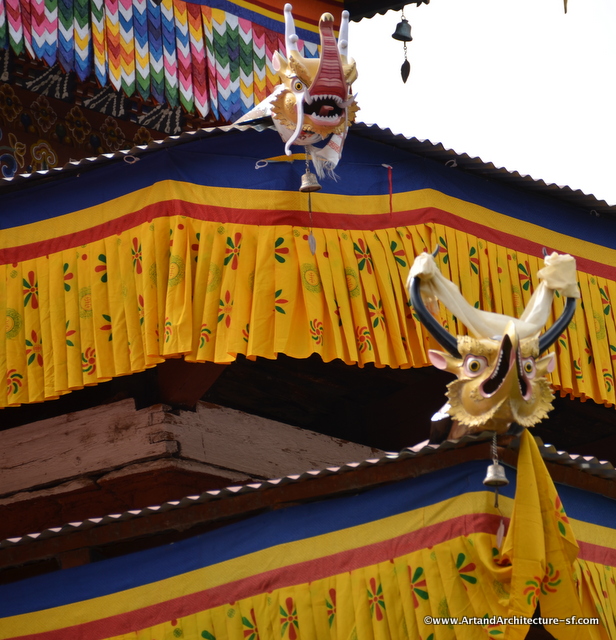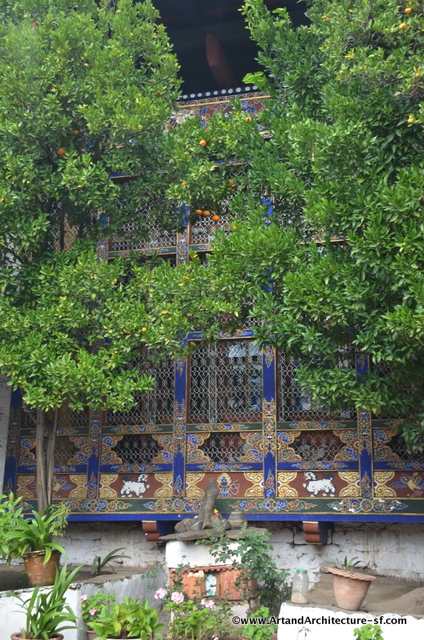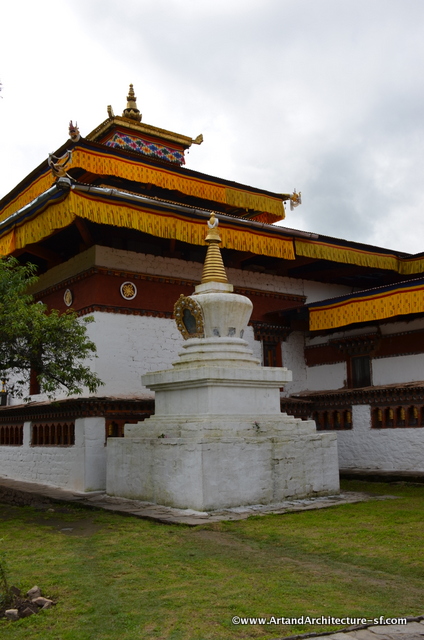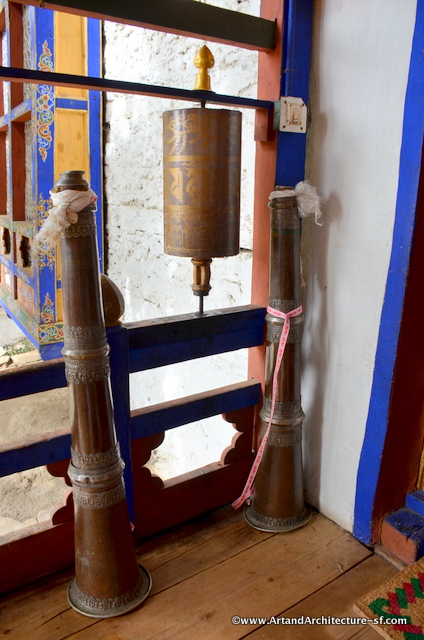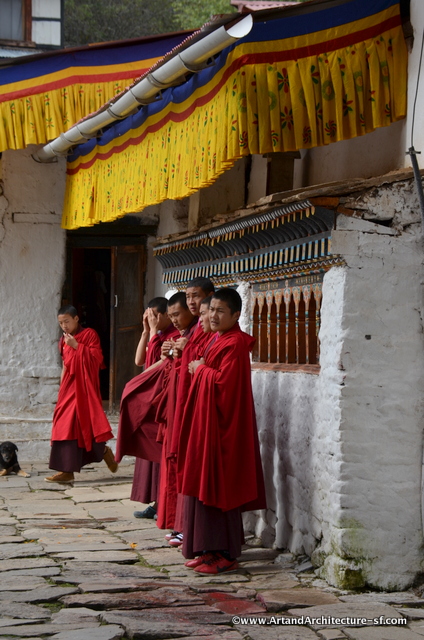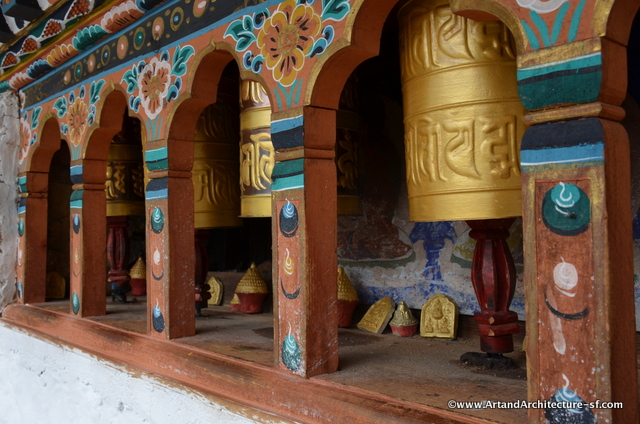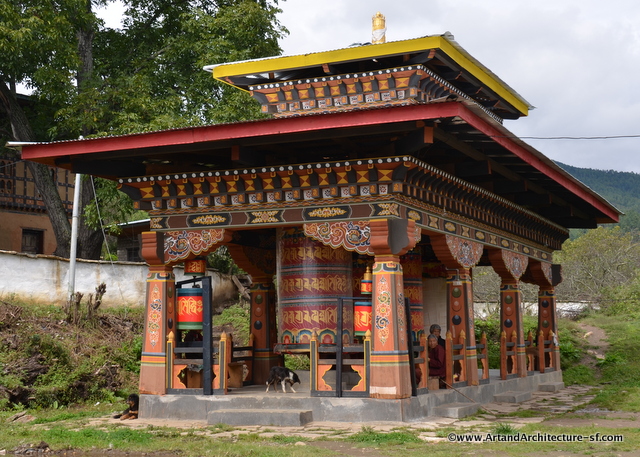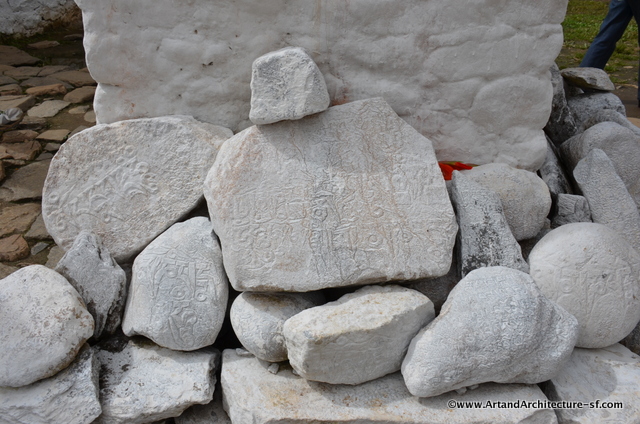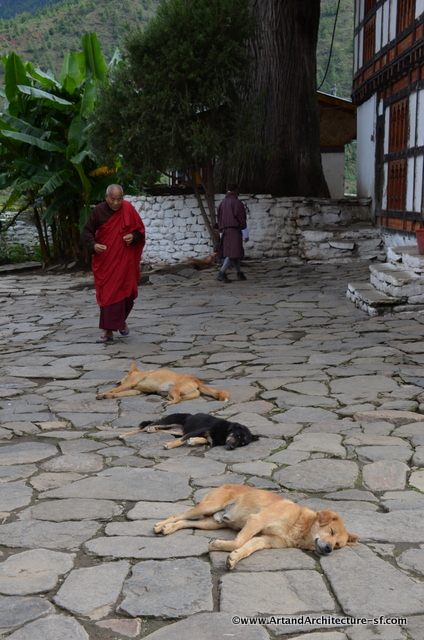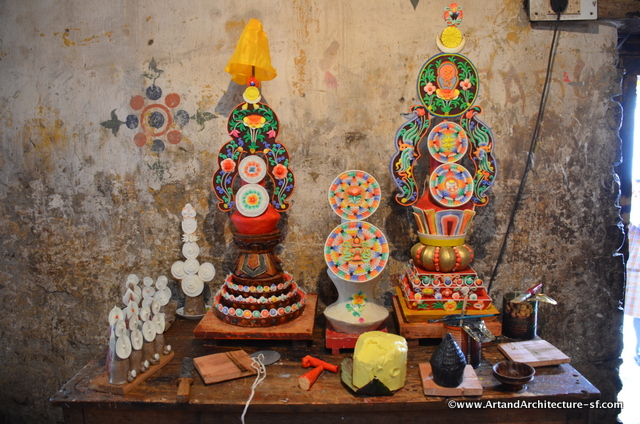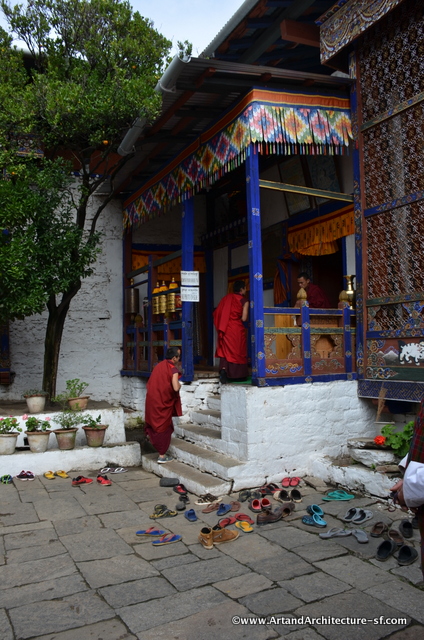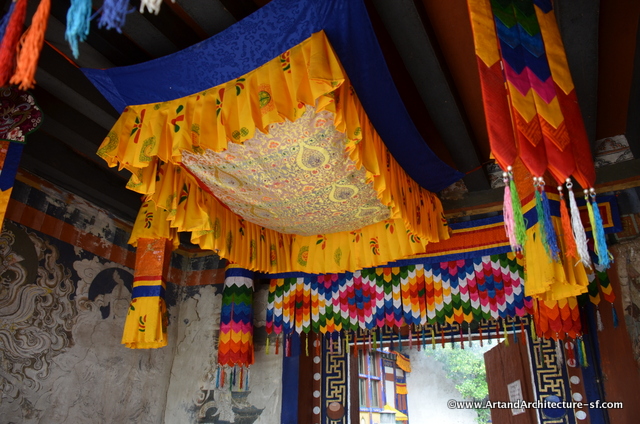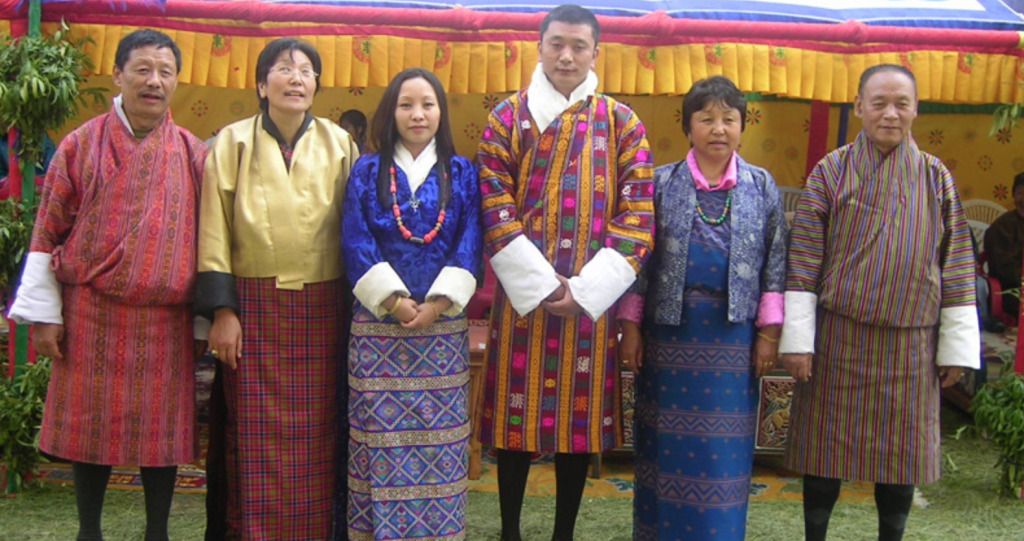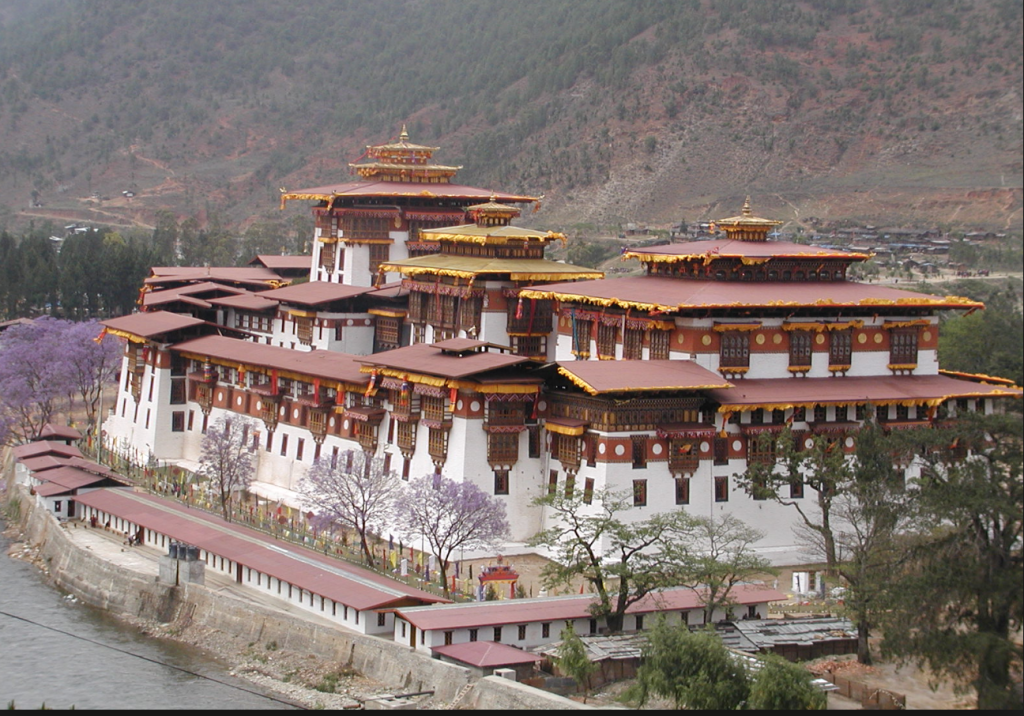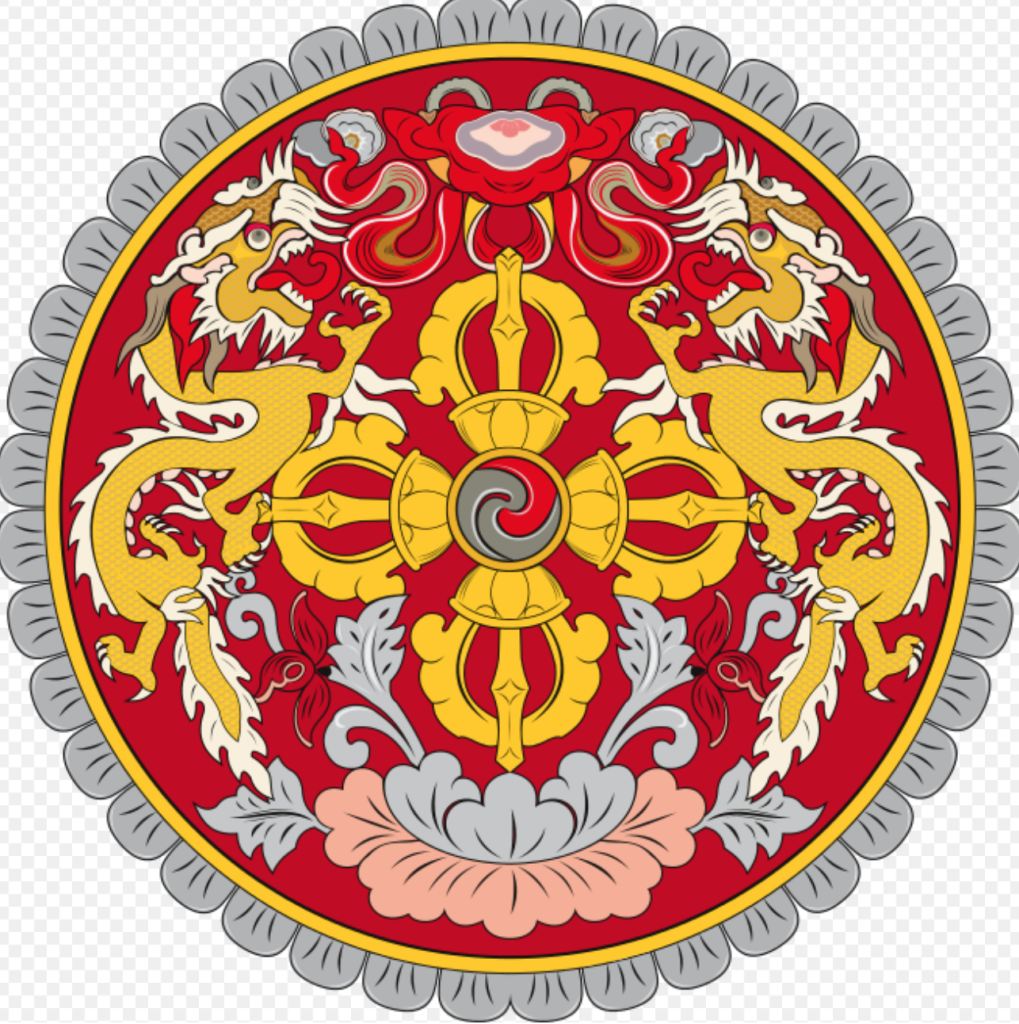September 22, 2015
Paro, Bhutan
There are many photos one see in ones life and thinks how wonderful it would be to visit. What the photo does not tell you is how difficult that can be.
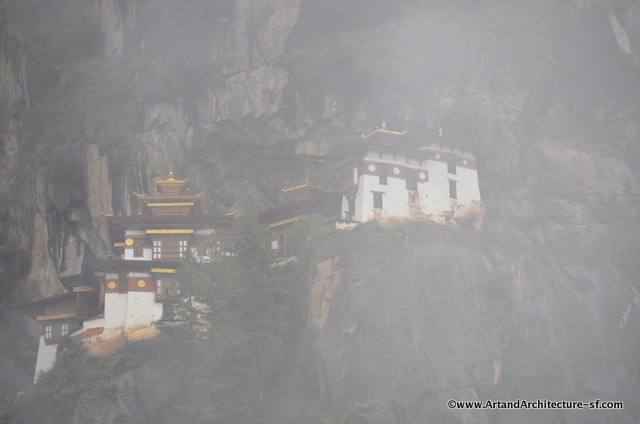 The Tigers Nest Monastery is one of the most venerated religious sites in both Bhutan and Bhuddism. The monastery is built around the Taktsang Senge Samdup cave. It is said that the Indian Guru Padmasambahva, who is believed to have introduced Buddhism to Bhutan came here to meditate in the 8th century.
The Tigers Nest Monastery is one of the most venerated religious sites in both Bhutan and Bhuddism. The monastery is built around the Taktsang Senge Samdup cave. It is said that the Indian Guru Padmasambahva, who is believed to have introduced Buddhism to Bhutan came here to meditate in the 8th century.
The legend has it that he came to the cave on the back of a flying tigress, he came to meditate and did so for three years, three months three days and three hours. This has led to the common three year retreat that Buddhist monks make today.
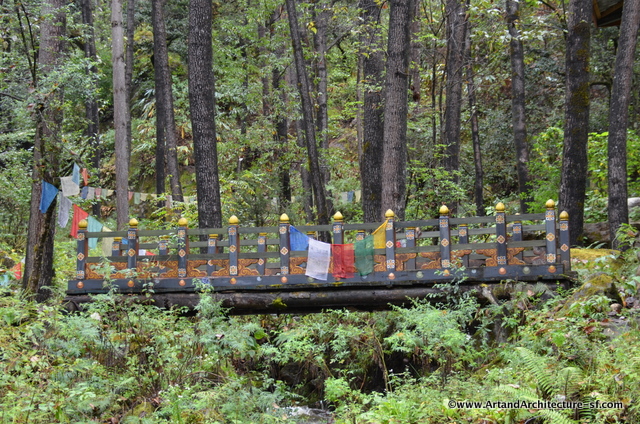
Just one of the stunning sites along the way.
The monastery itself was not built until 1692 by Gyalse Tenzin rugby – Bhutan’s leader of the time.
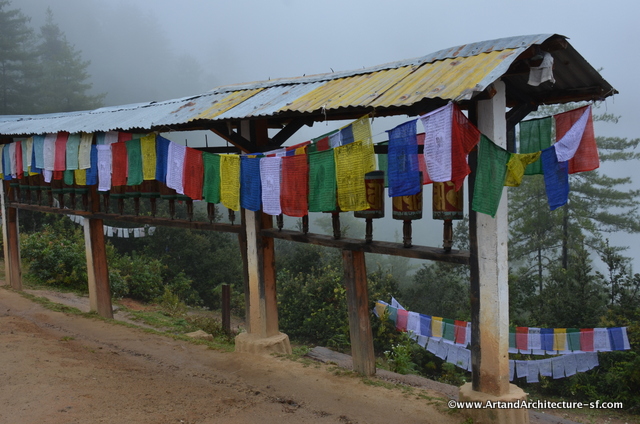
Prayer Wheels and Prayer Flags are everywhere along your trek
In 1998, the Paro Taktsang was almost completely burned down, however 1999 was not an auspicious year for rebuilding so construction did not take place until 2000 and took 5 years to complete. By that time it became a world wide endeavor, and when I asked the guide how, in more modern times, items were transferred up this mountain he told me the Swiss actually built a gondola to aid in the process. The gondola is no longer there.
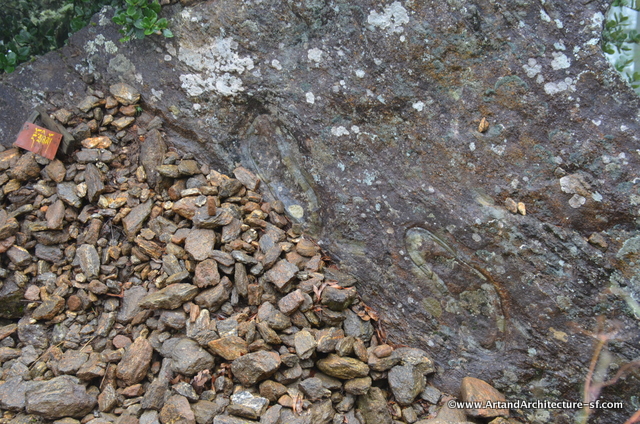
Footprints of one of the demos slain by Guru Runpoche
If you read much of the travel literature you are told it is a two hour walk. That is most likely true if you are young, fit and accustomed to high altitudes. It was pouring rain when we started out and that made for difficult walking in the very steep clay and mud. A word to the wise here, good sturdy shoes are recommended, and if you did not bring a walking stick with you, you can purchase a nice homemade one of wood at the bottom of the hill for $1.00 US., something, due to the mud, many wished they had.
At the approximately 1 1/2 hour spot for me we encountered a tea house. You can get water, tea and biscuits, and there are toilet facilities.
From there the next hour or so is not quite as steep, but you are now in the 9000 feet range, so the going remains very slow.

About the time you wonder how much more you can take, you round a bend and there it is, what your climb was all about, you are now about 10,240 feet up. The next challenge however is, what I have heard, is 720 steps, I was too exhausted to count. Half of those steps are downhill, but then the second half are straight up again. These are stone steps, of various run and rise, so footing is treacherous and one must take their time.
 All the way down the steps I could here the rush of what I knew was a massive amount of water, but due to the clouds could not see. This only added to the magic of the experience, the water source is a magnificent waterfall of deafening, crashing amounts of water.
All the way down the steps I could here the rush of what I knew was a massive amount of water, but due to the clouds could not see. This only added to the magic of the experience, the water source is a magnificent waterfall of deafening, crashing amounts of water.
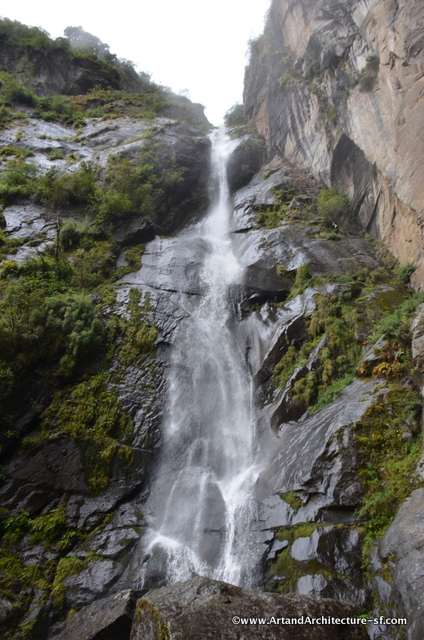
*
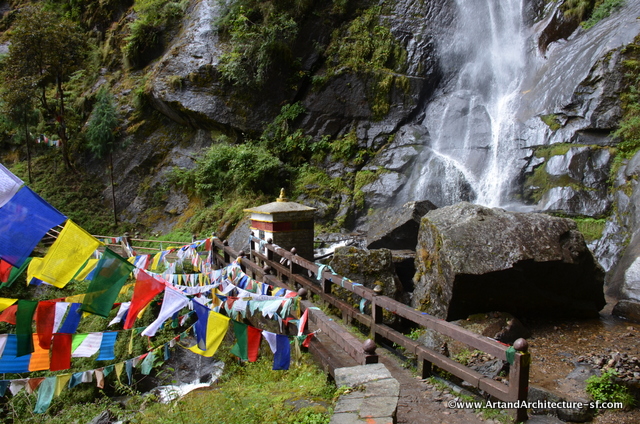
This is the bridge that marks the end of the downward staircase and the beginning of your climb back up to the monastery
After you have gotten to the monastery you must divest yourself of everything you are carrying, this includes cameras, and then you climb even more steps to enter.
The interiors are absolutely stunning, and the art work breathtaking, making the climb worth it if you are not too exhausted to enjoy. The saffron and red robed monks are there with big smiles and constant offerings of water for blessing and an odd mixture of modern Japanese crackers for you eat.
There are frescoes and statuary and walls of clay sculptures, that explain the legends of Bhutanese Buddhism. If you are not knowledgeable of the various stories the iconography can be overwhelming. I suggest you take in the artistic beauty and savor the moment.
The climb down, especially in the mud is treacherous. We stopped for lunch at the tea house. Lunch consisted of red Bhutanese rice, noodles, Chili Cheese ( a famous Bhutanese dish) and eggs, it was now about 2:00 and we headed down. In all our day began around 9:00 in the parking lot and ended around 4:30.
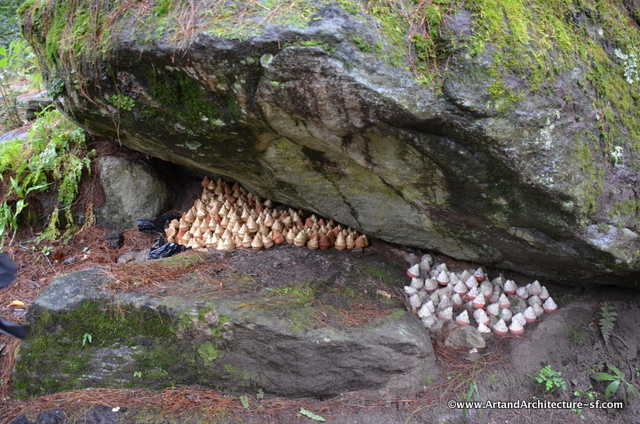
These little items are all along the trail and are called Tsa Tsas . This is a Tibetan term used to describe small items used as offering and during meditation. Tsa Tsas are handmade and the process is taught to Buddhist students. The major purpose is to help in eliminating obstacles, purifying negativities, and creating positive energy (merit). Often, students are given a commitment to make 100,000 tsa tsas during their lifetime.
Traditionally tsa tsas are made with clay, left to harden naturally, and painted in either a fine luminescent gold or a pearlescent white.
Our guide spelled for me the Bhutanese word – TsaCha – I was never able to find this actual word in any literature, my misspelling or the fact that the Tibetan word is so much more common could simply be the reason why.
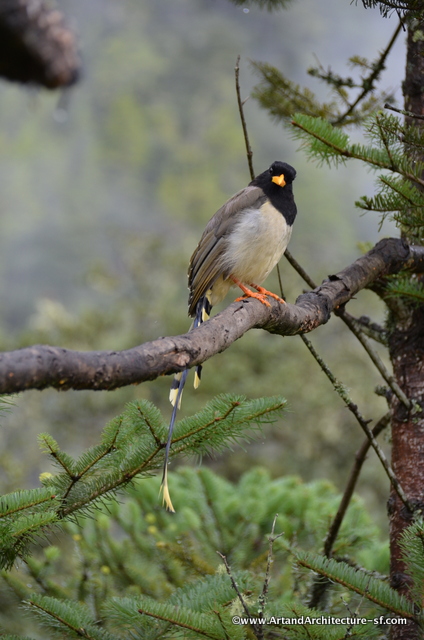
A noisy magpie with a pretty tail
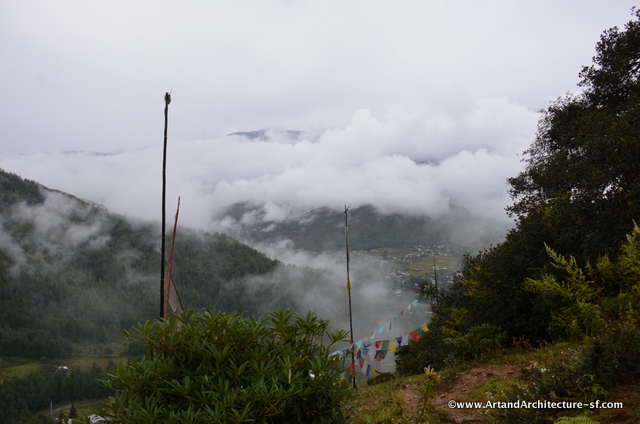
Looking through the clouds to the valley below
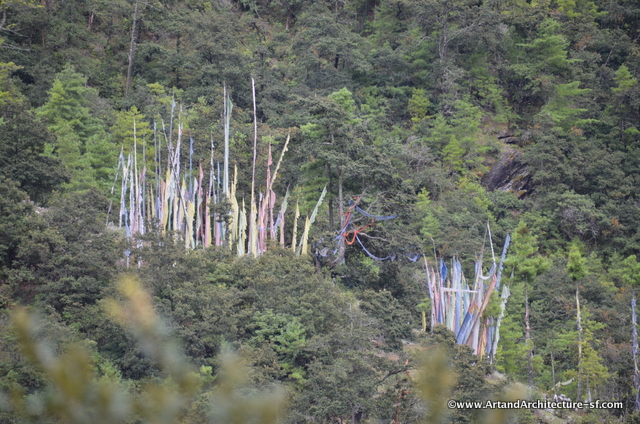
Prayer flags are everywhere in the area surrounding the monastery.
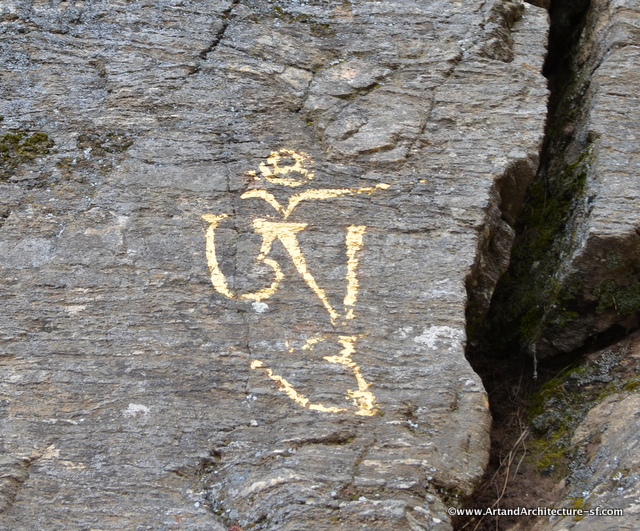
*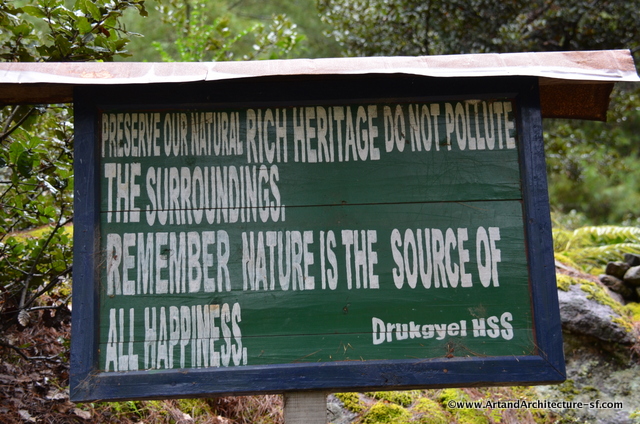
*
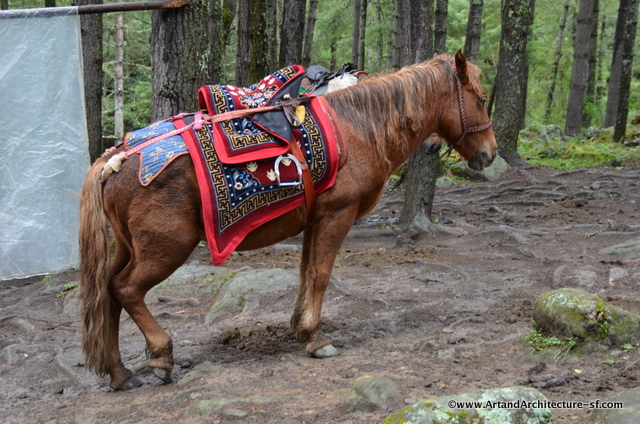
You can take horses from the parking lot to the tea house. It helps a bit I suppose, but with the mud it looked more treacherous than fun
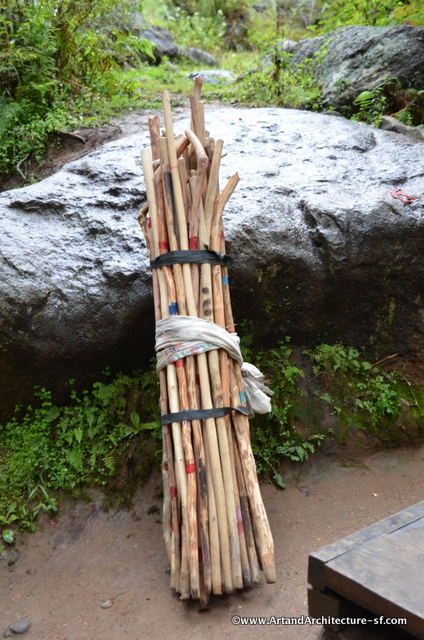
Poles available for purchase at the bottom of the hill for $1 US

The monastery is closed during the winter, but when it is open a family lives at the tea house 1/2 way up the hill.

This little guy stayed with me for most of the hike.
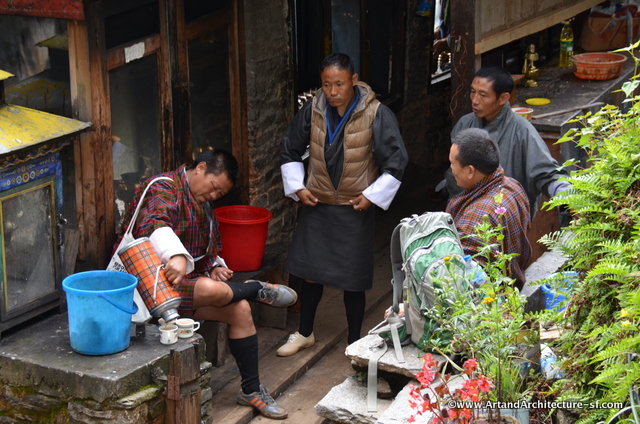
On the stone steps is this small tea house for the guides, they sit, sip and wait for their slower charges
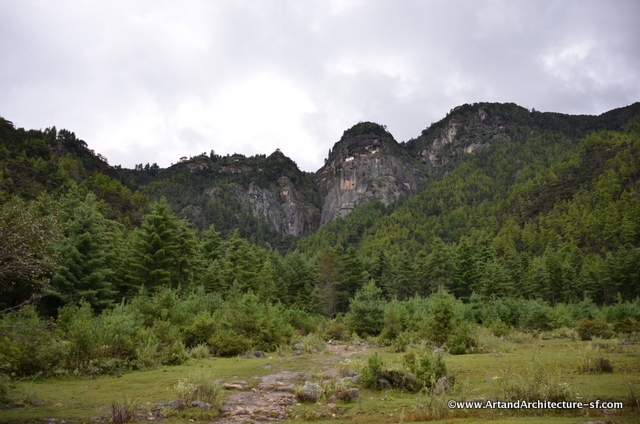
A view of the monastery from the parking lot
Kuzuzangpo
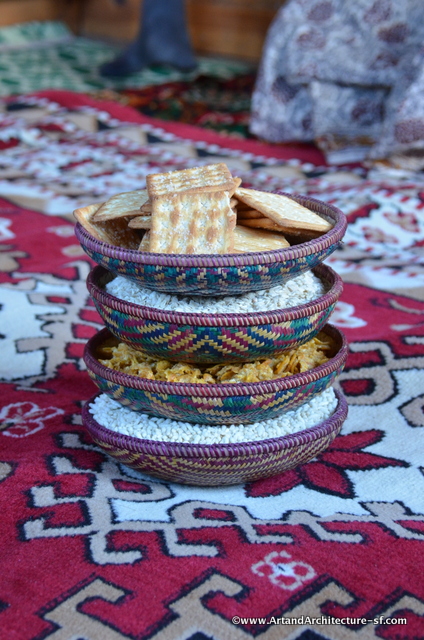 Our small group was treated to lunch in a farmhouse in the Haa Valley.
Our small group was treated to lunch in a farmhouse in the Haa Valley.
